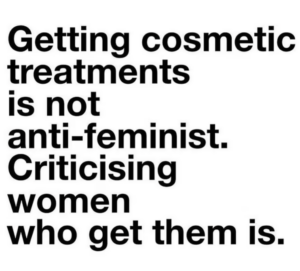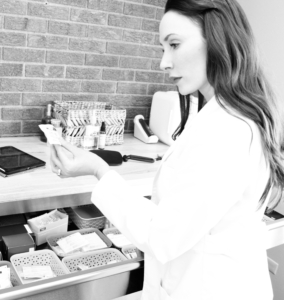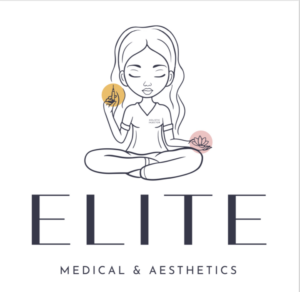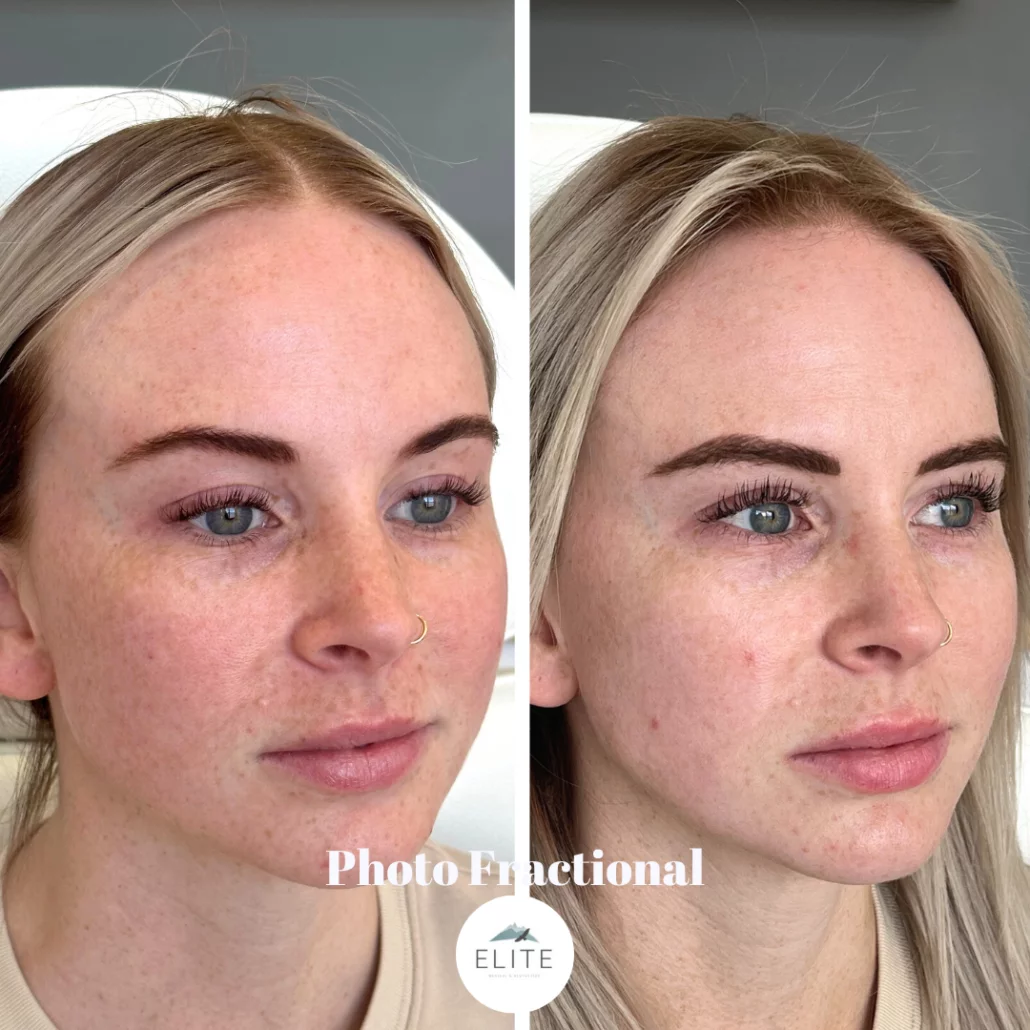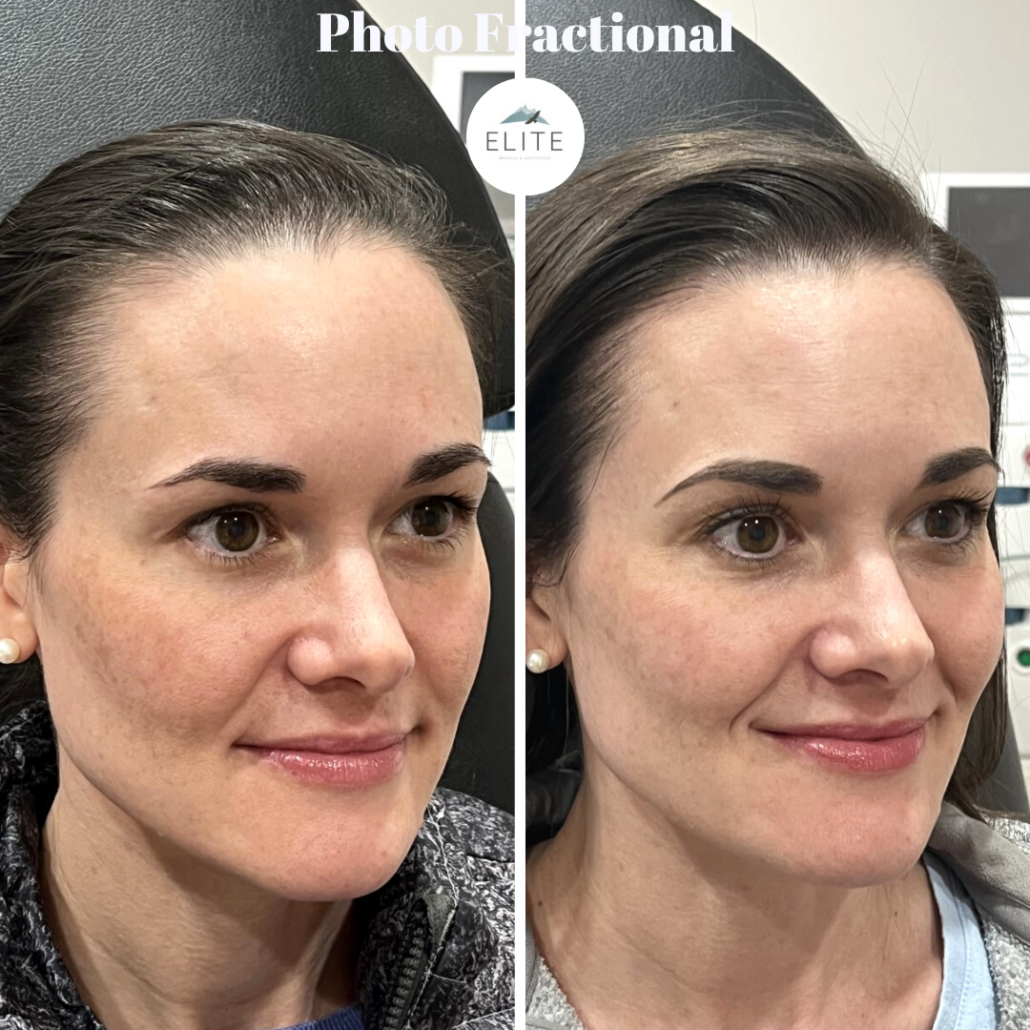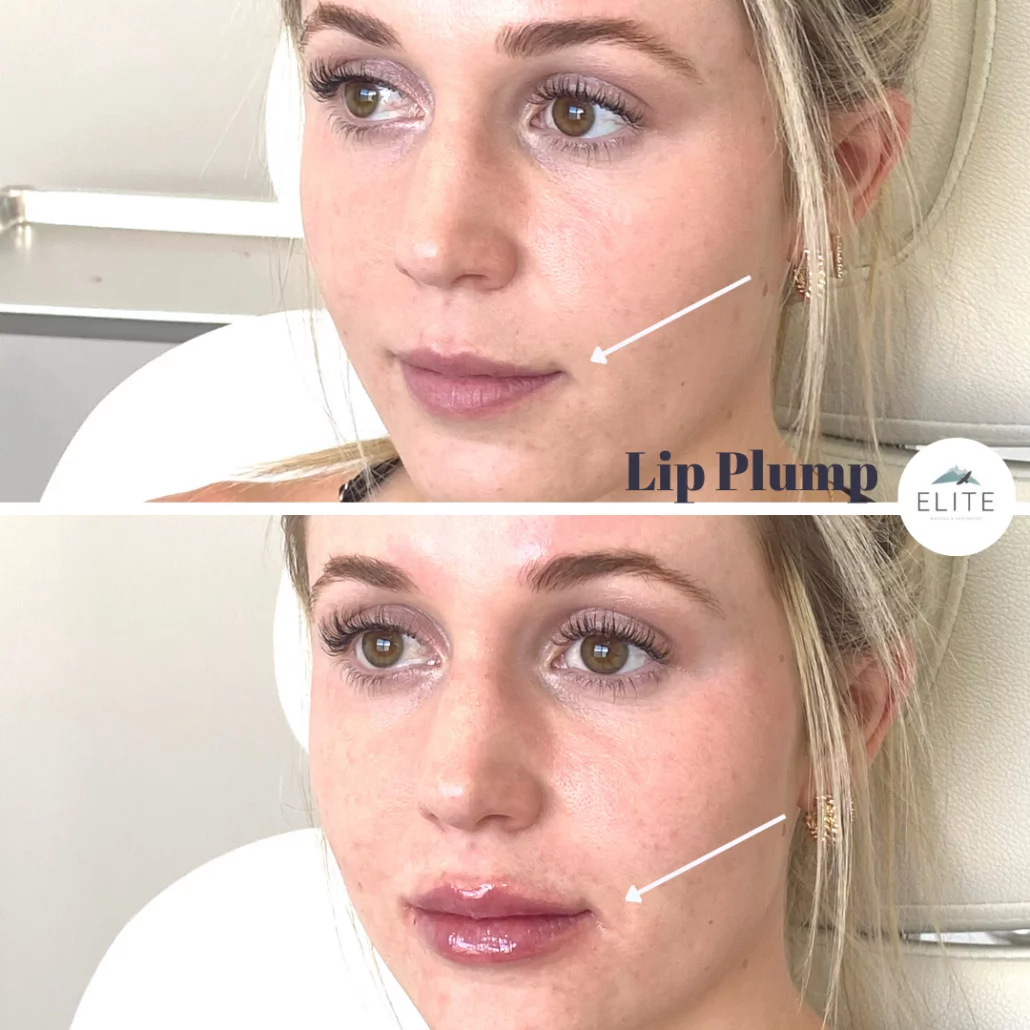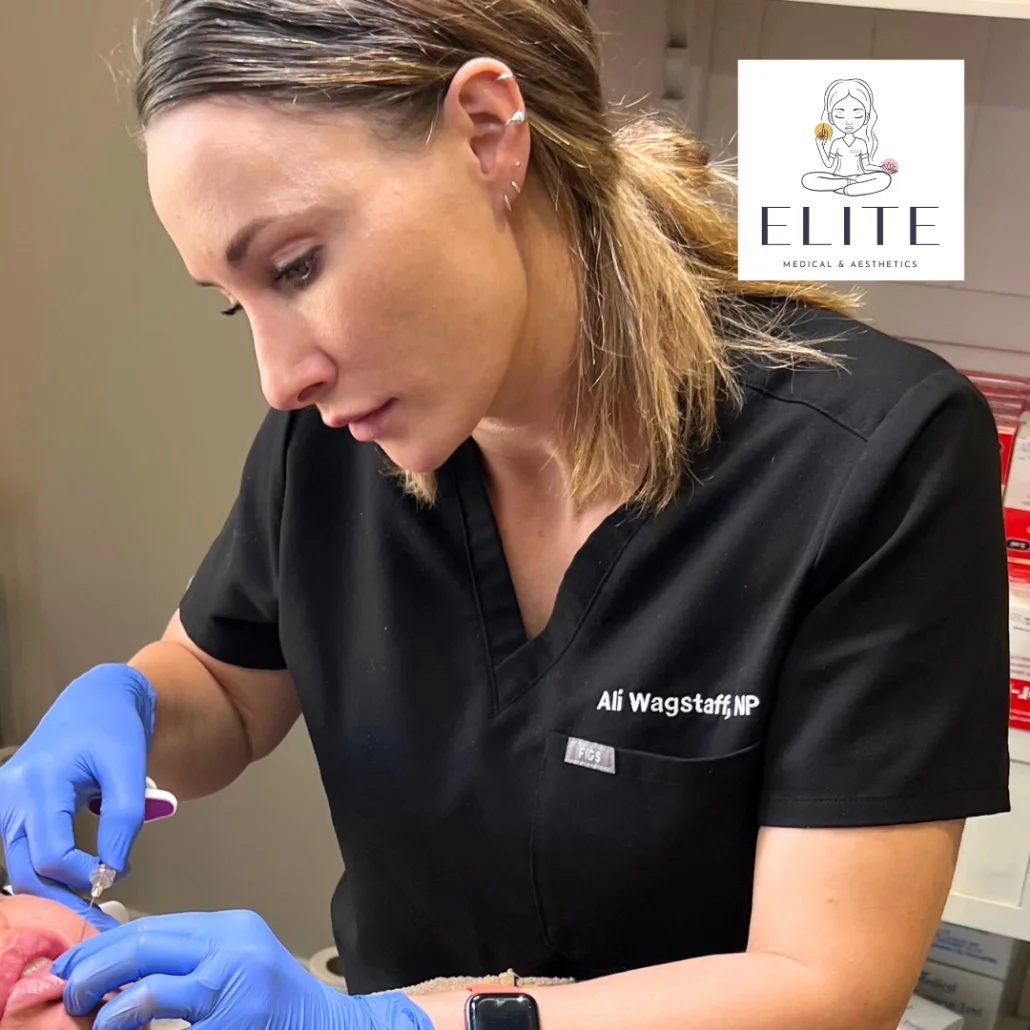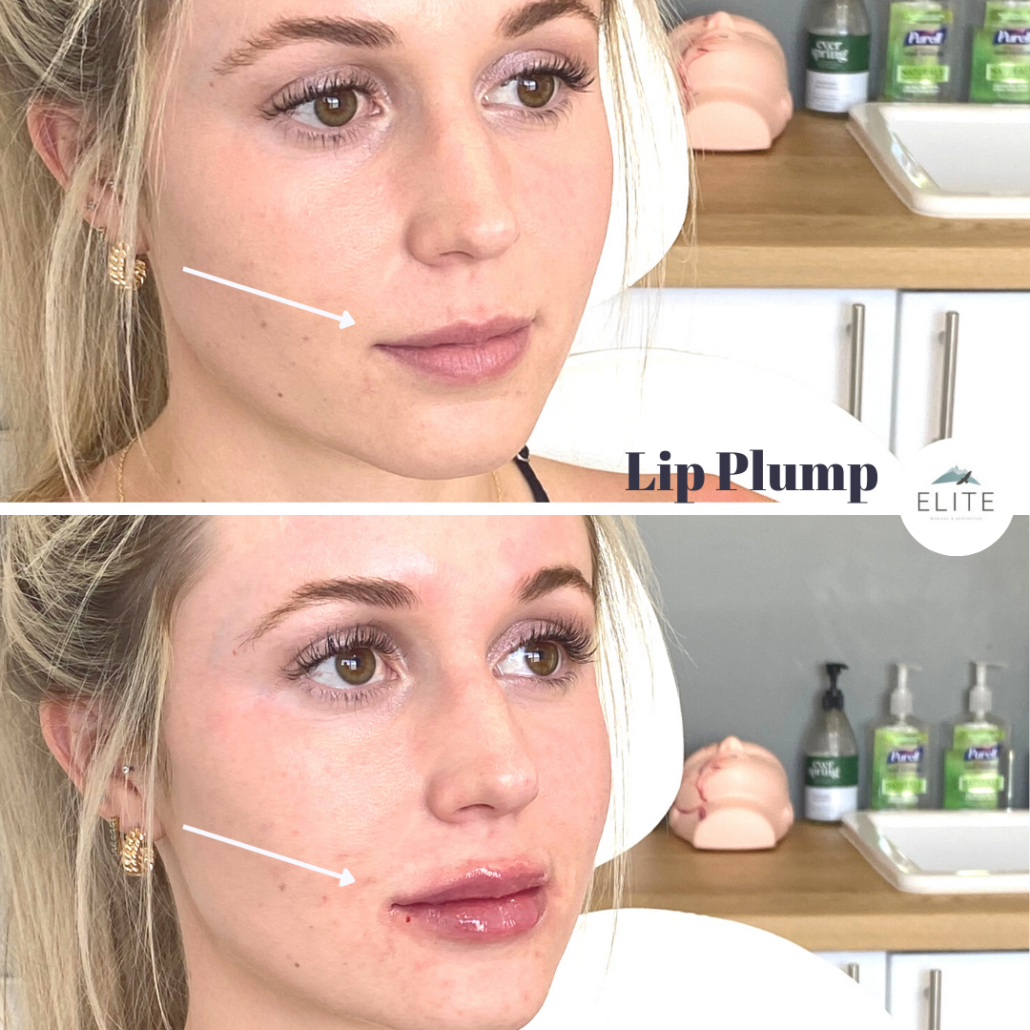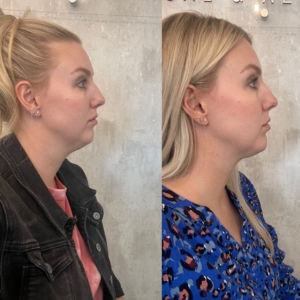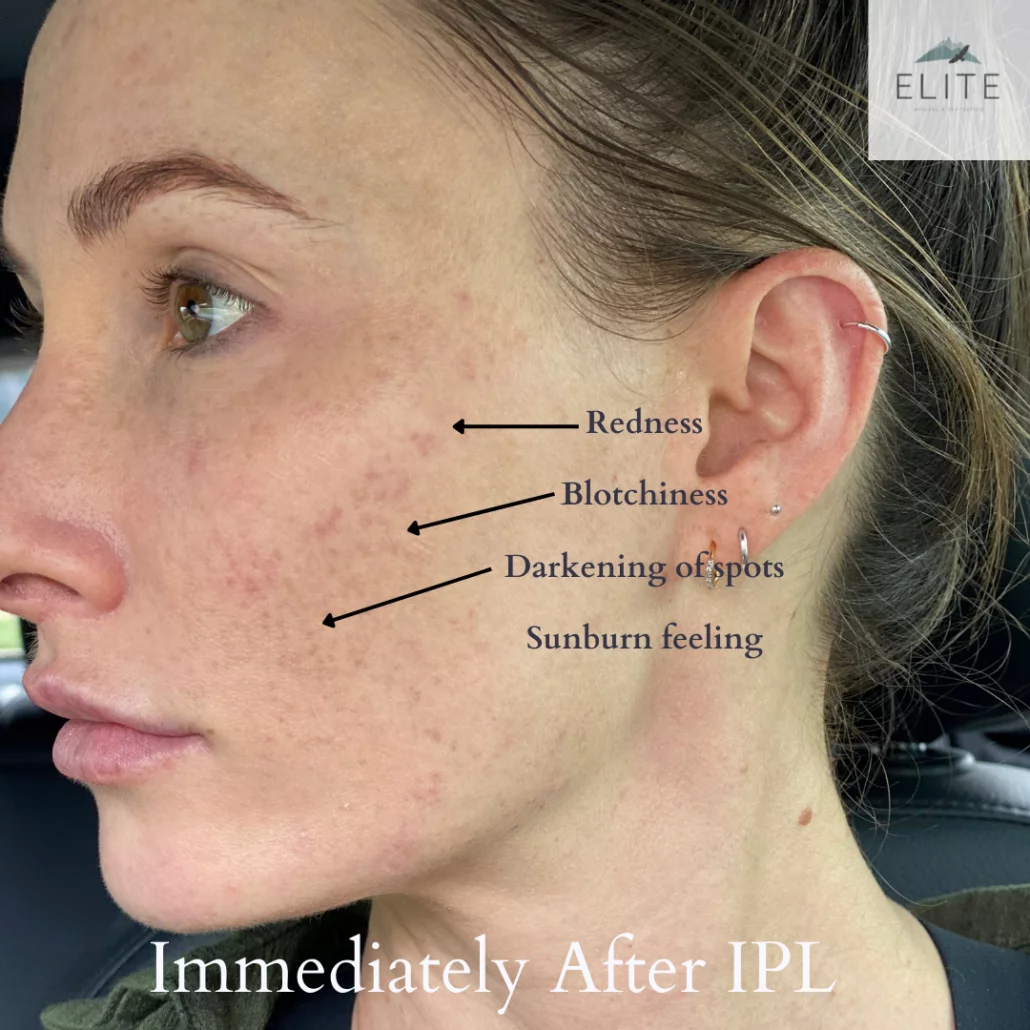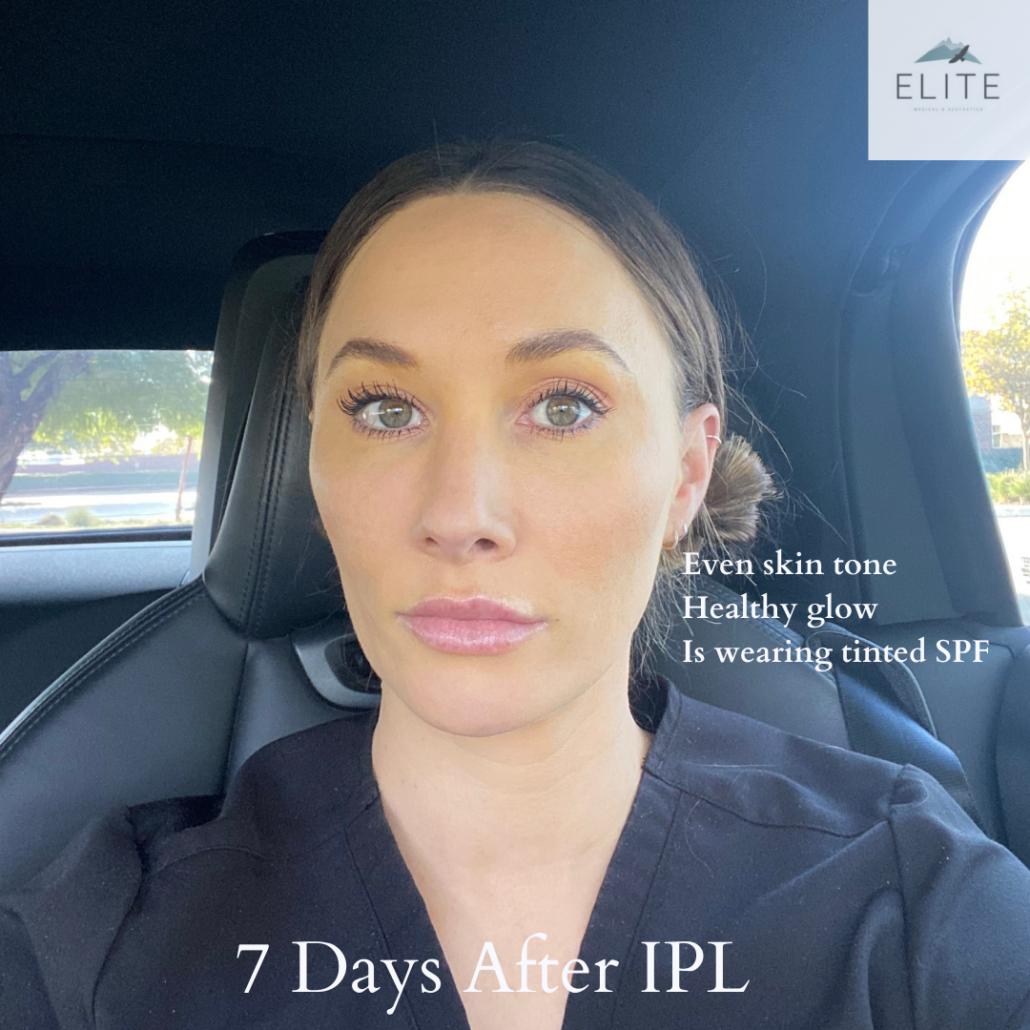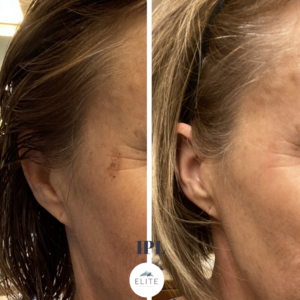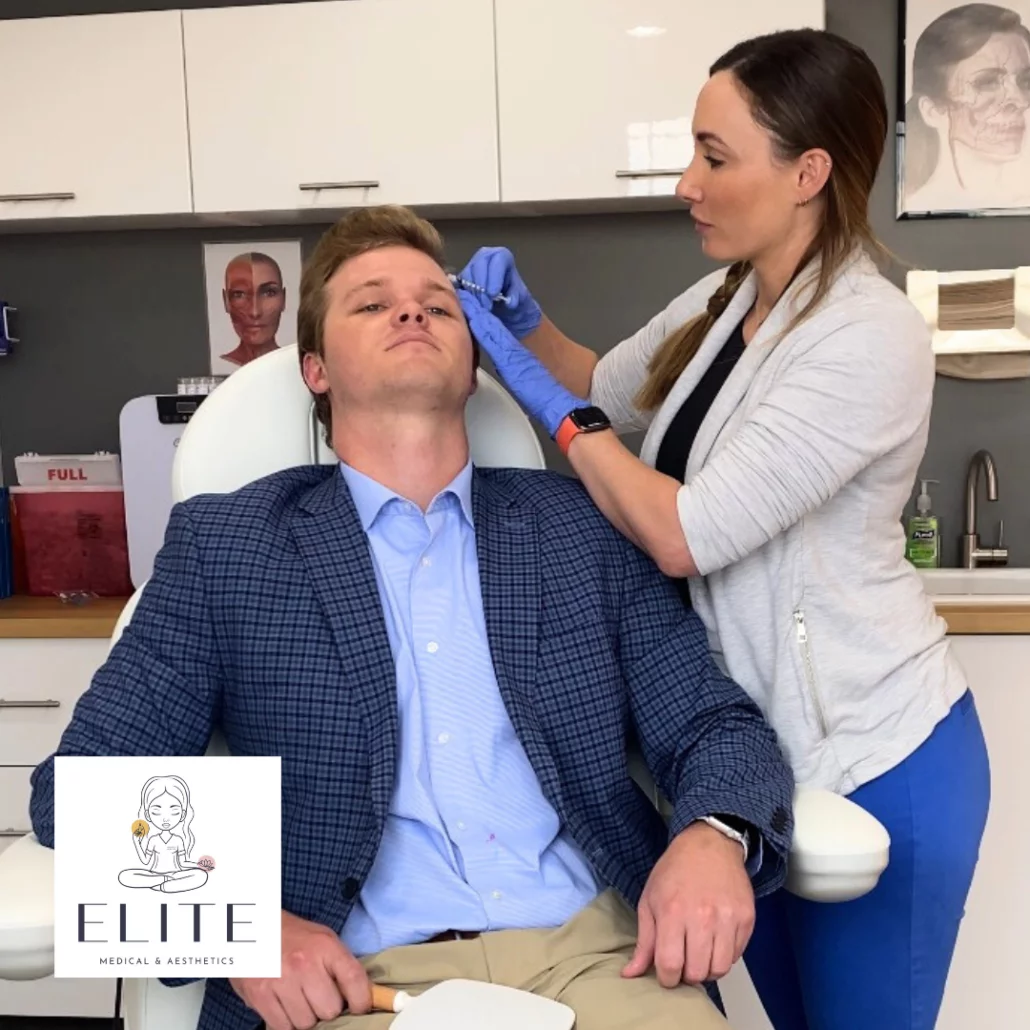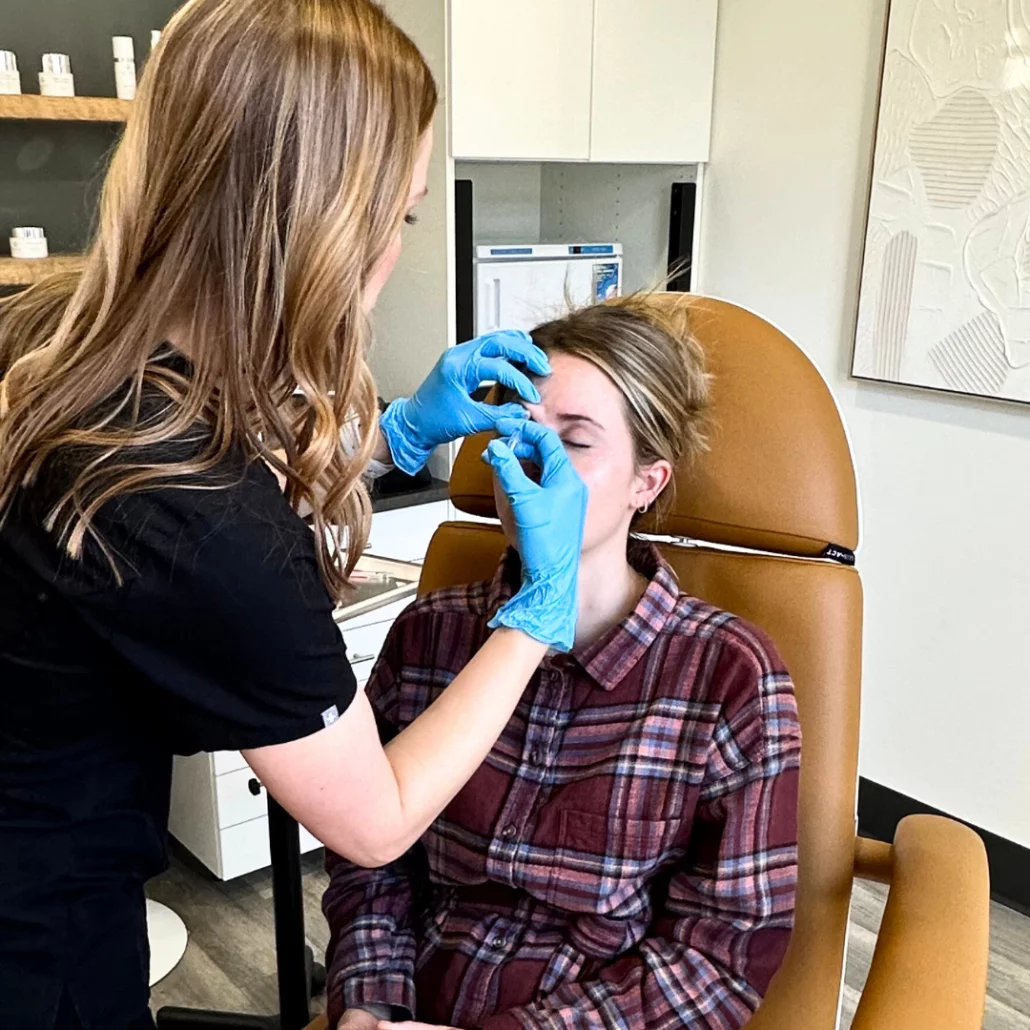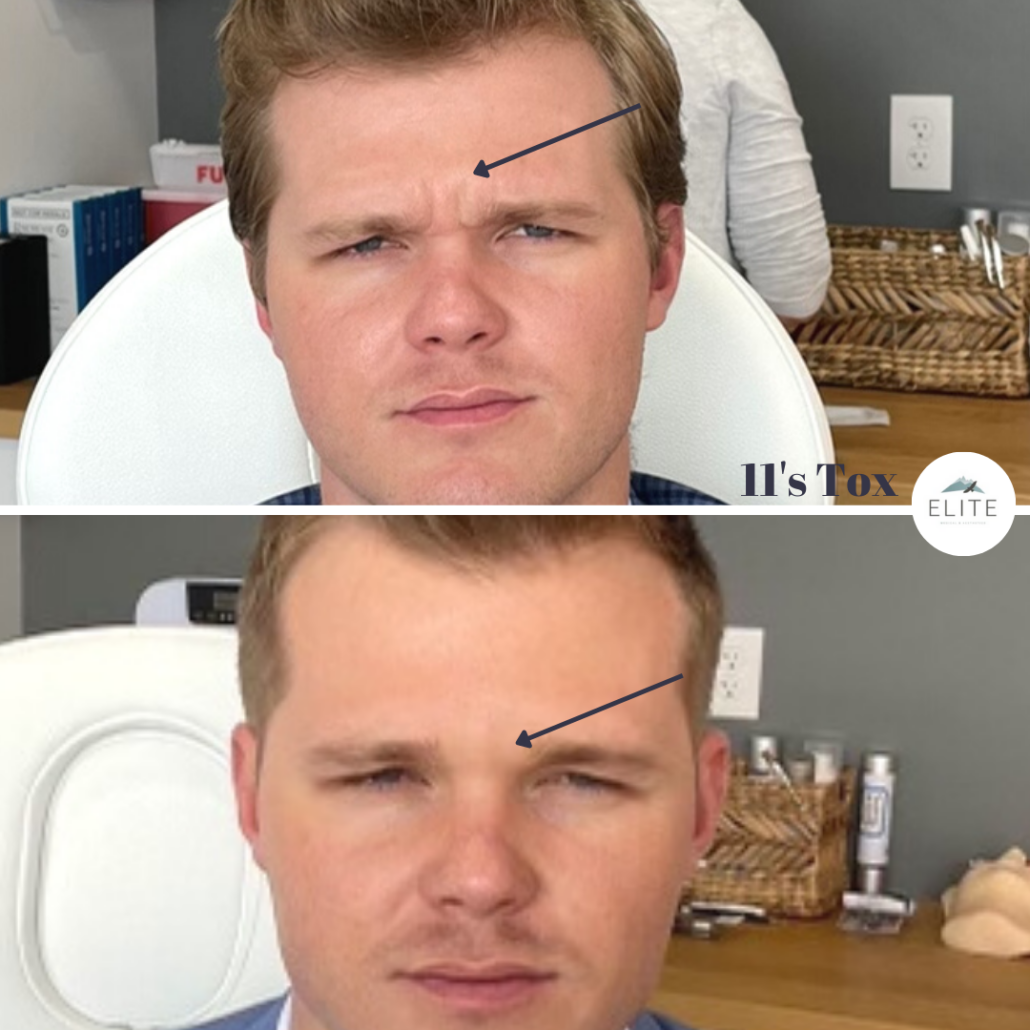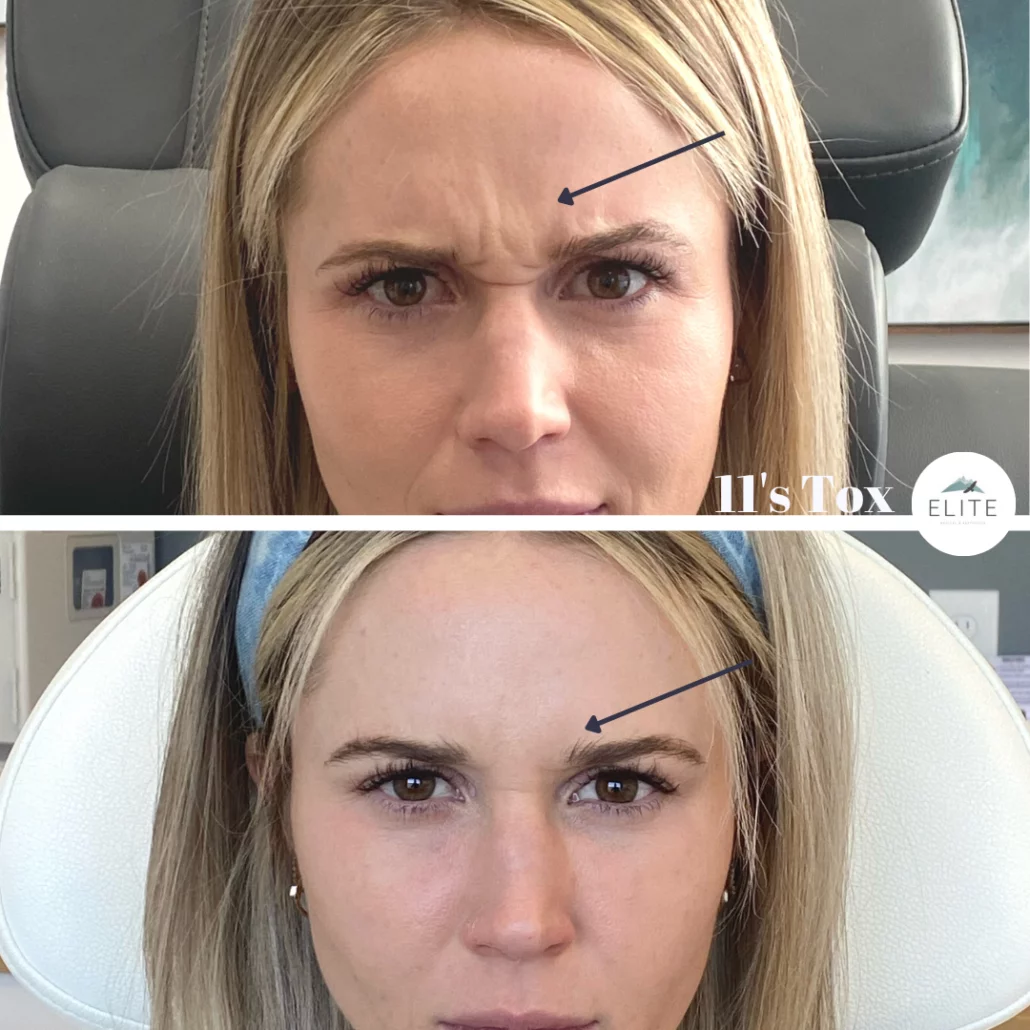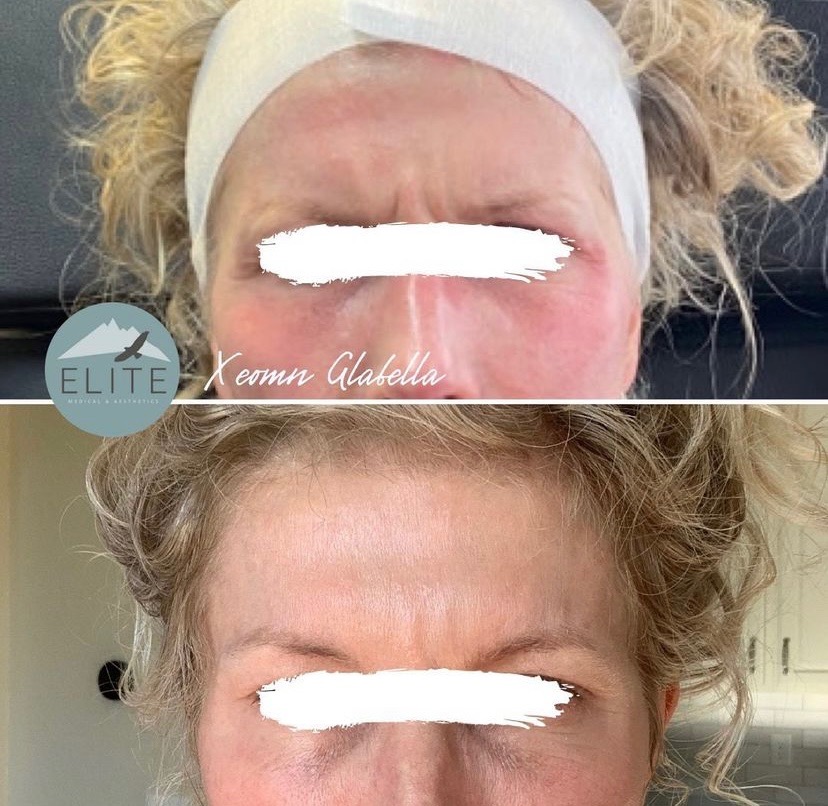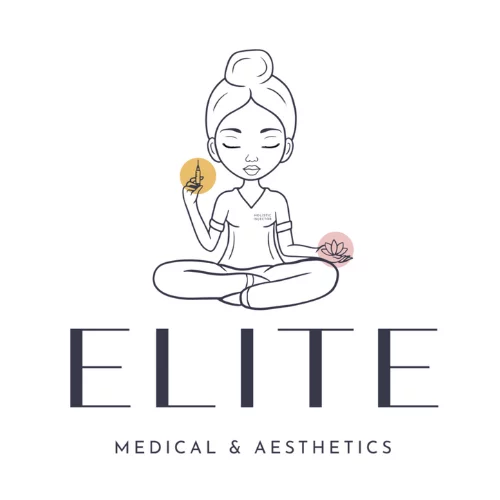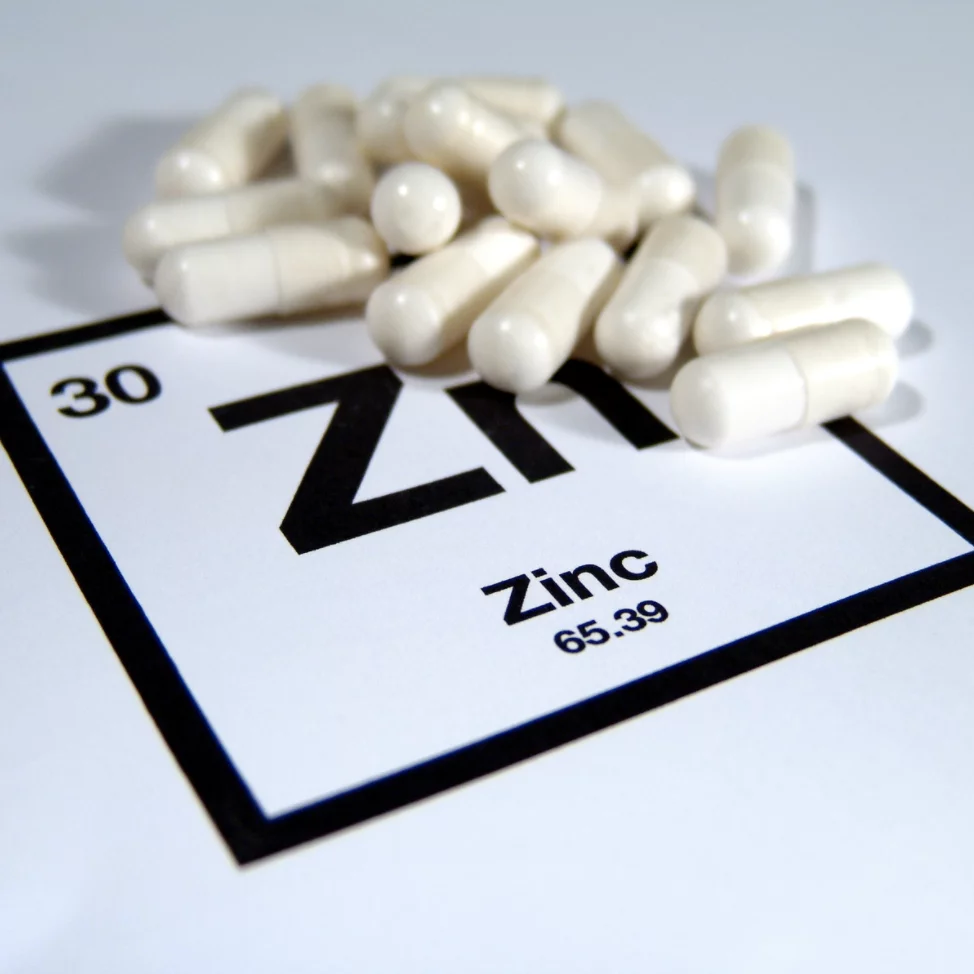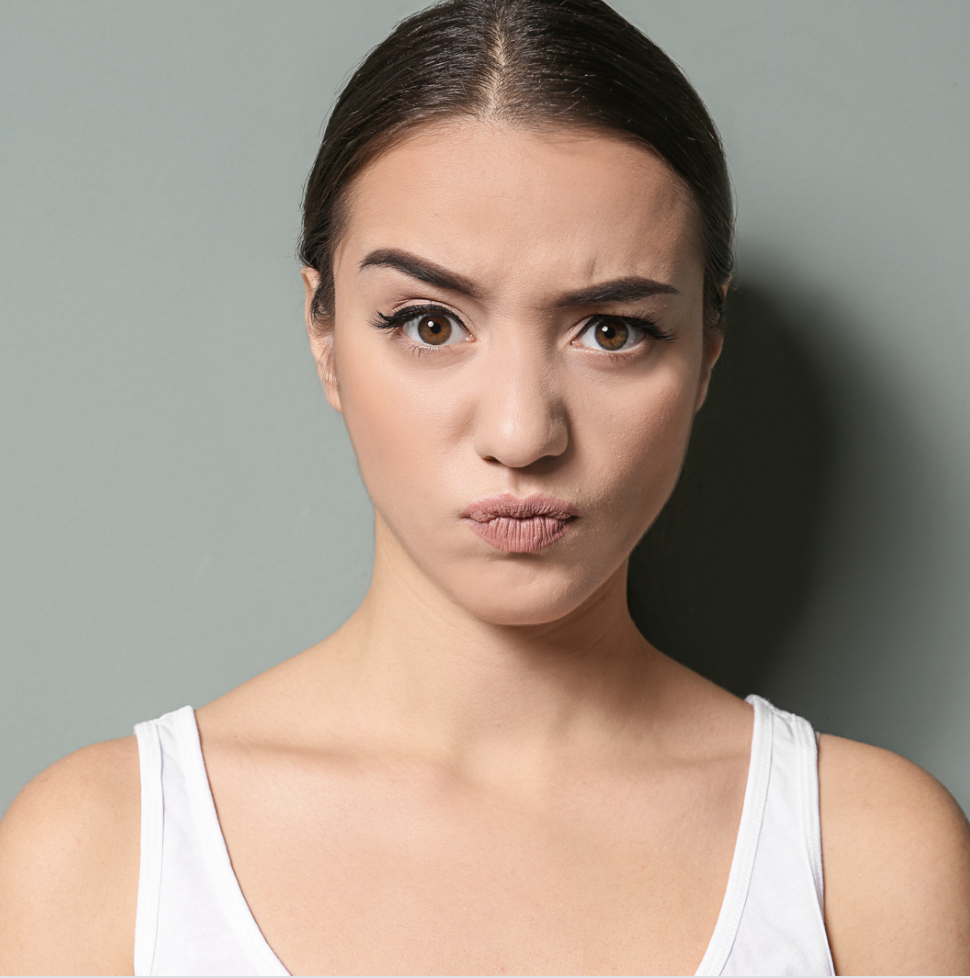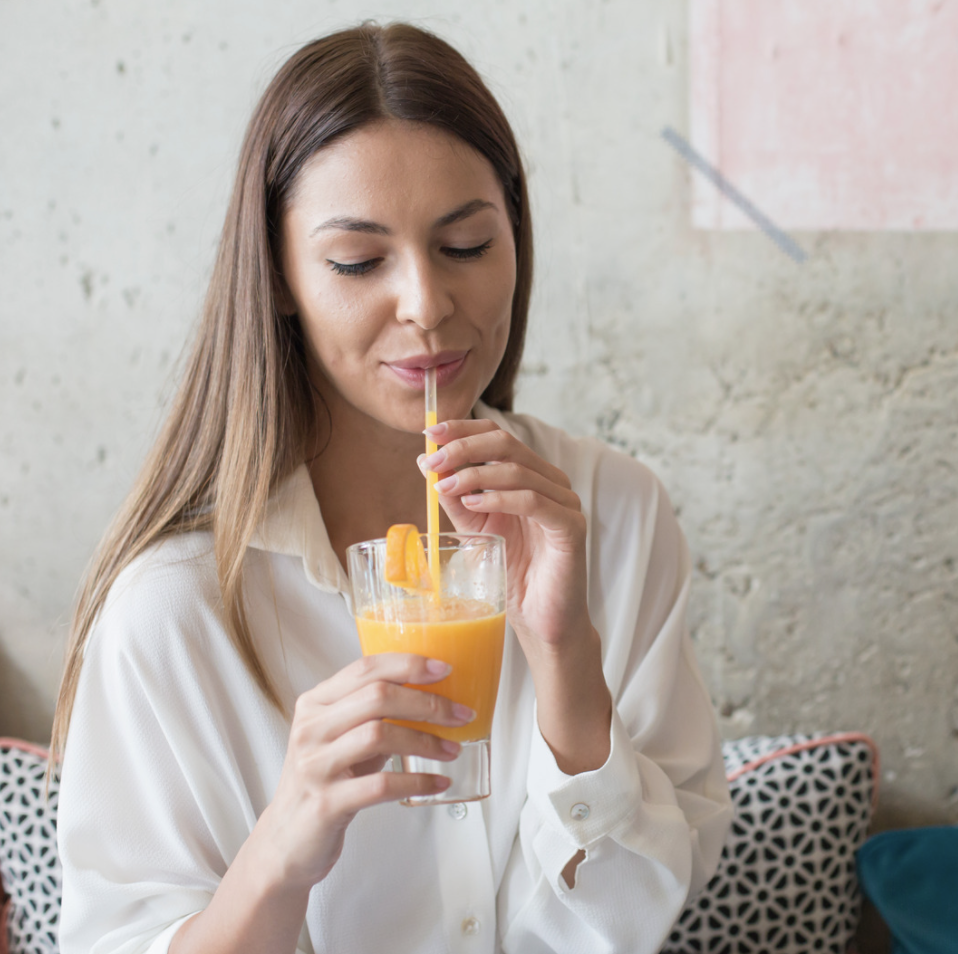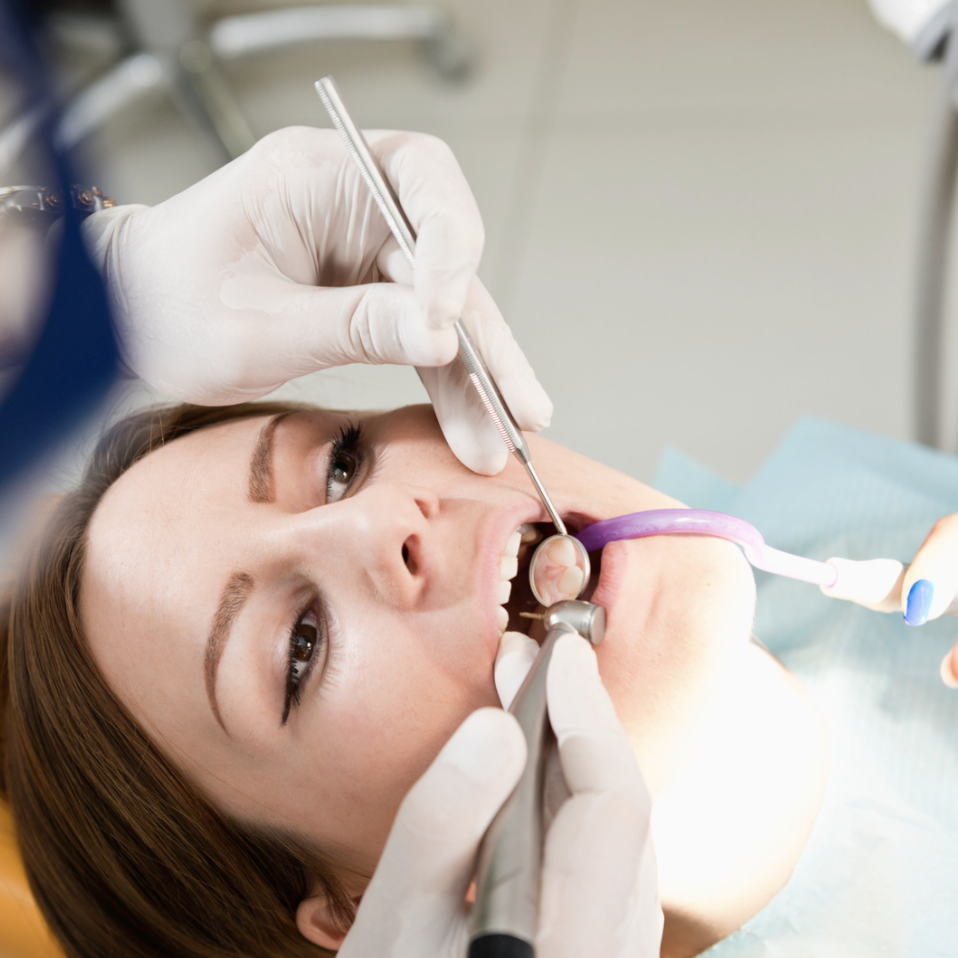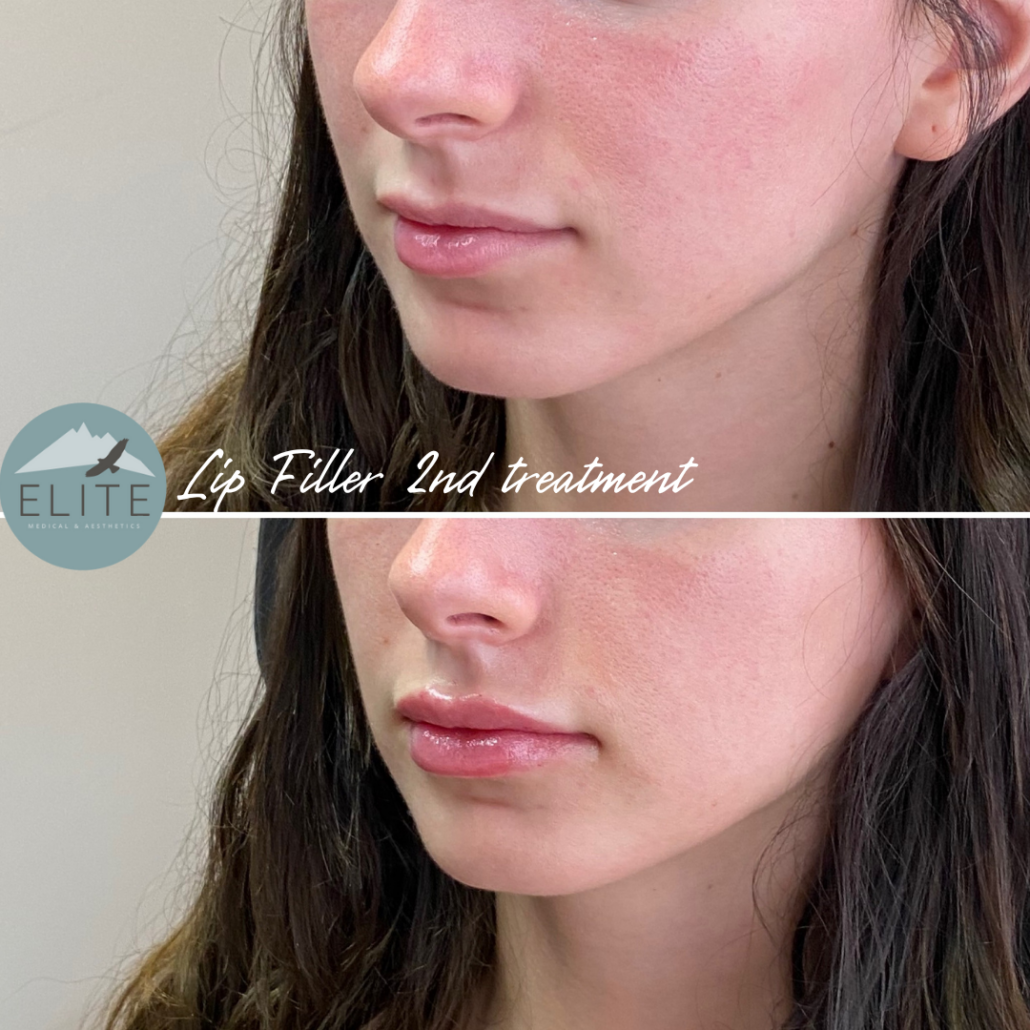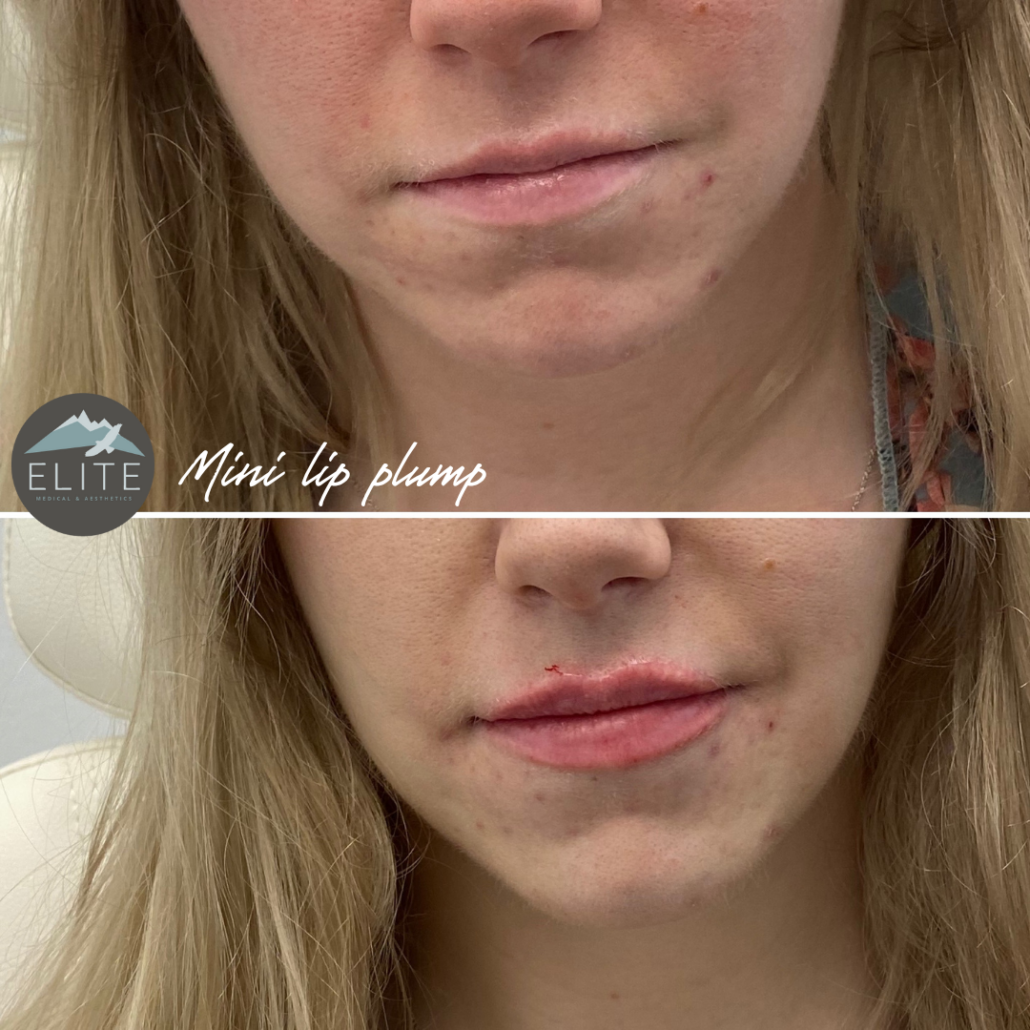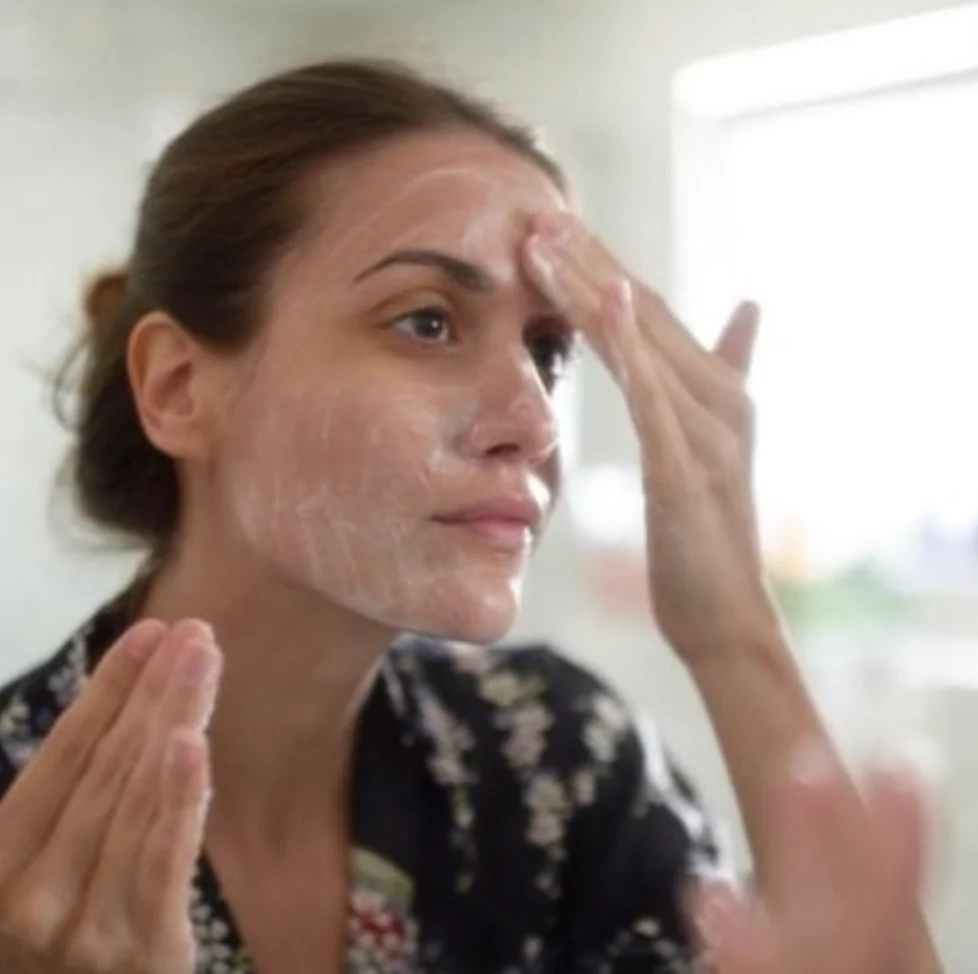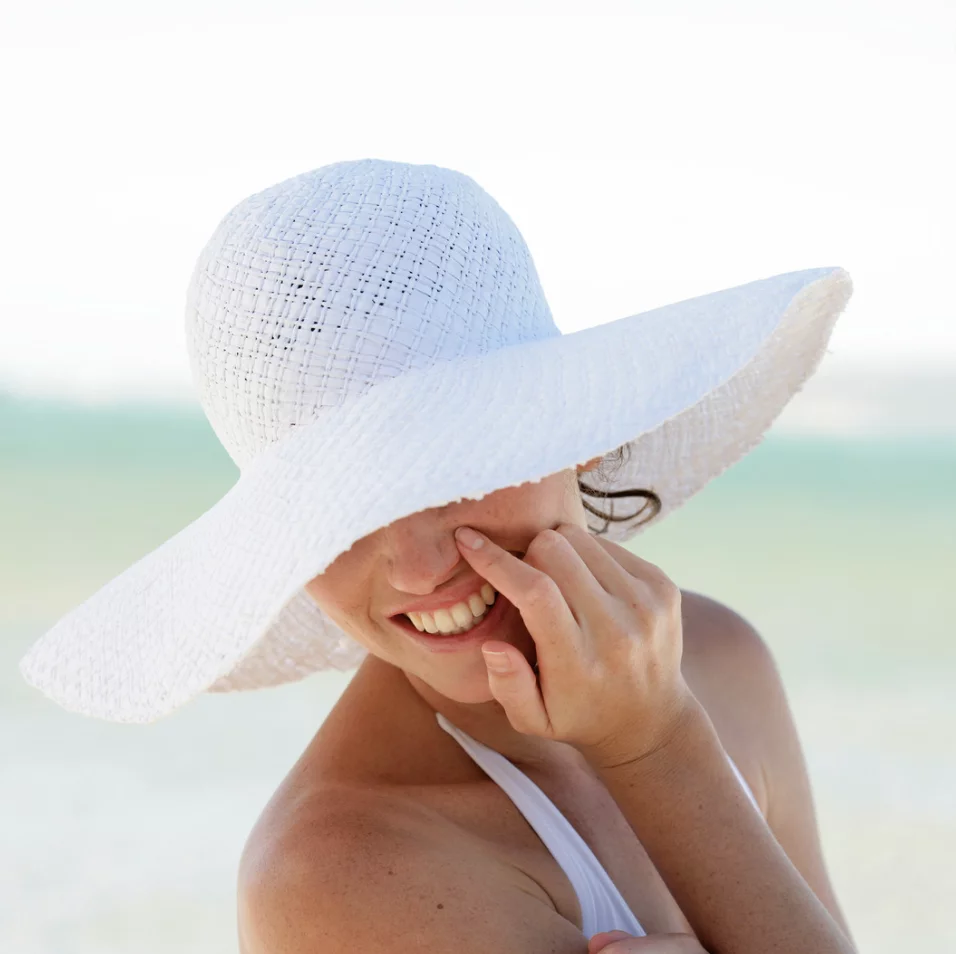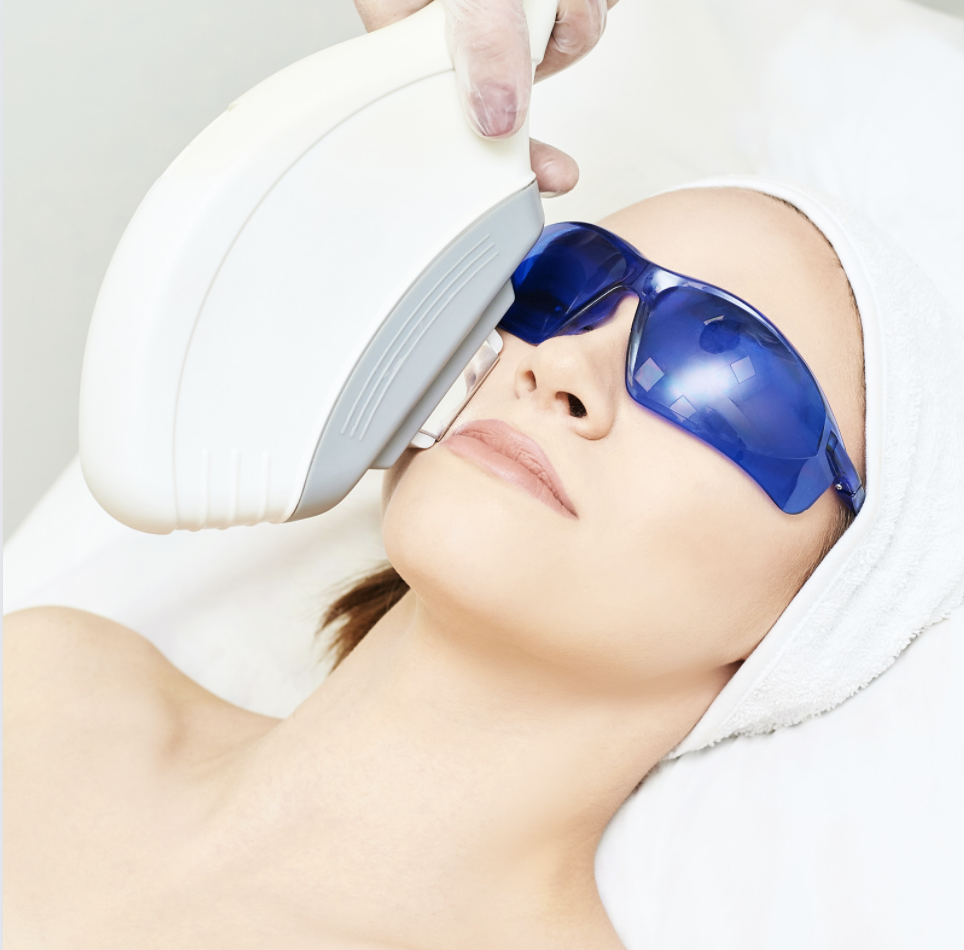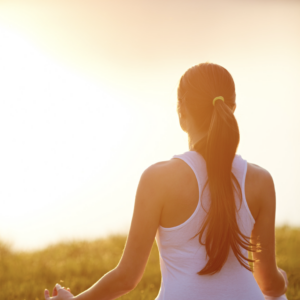An Inside into IPL for Bruises
/in Laser and IPL /by Mary Beth MartinIntroduction
Getting a bruise isn’t always ideal, especially if it is in an area that is visible and hard to cover up. Whether your bruise is from a complete accident, a medical incident, or even from injectables or aesthetic treatments, there is an effective treatment to help speed up the healing process and fade the bruise faster, IPL.
We love IPL for many reasons: it has the power to tighten the skin, reduce redness, remove hair, lighten dark spots, zap blood vessels, calm acne, and if there wasn’t already enough on that list, it can help to fade bruises quickly, too!
Keep reading this blog to learn more about the power of IPL and how this laser treatment helps to heal bruises, with a real life example from one of our clients.
Table of Contents
What is the best laser treatment for bruises?
The most effective and best laser treatment for bruises and IPL treatment. IPL is short for Intense Pulse Light, which works to target different skin concerns and pigmentation/discoloration in the skin by targeted light therapy. Because bruises typically start as a dark red, blue, or purple color, the IPL light can target this “pigmentation” and safely aid in a quicker healing process (keep reading below to learn more about HOW and IPL can do this).

- We recommend that this treatment is administered by a medically trained professional, who can adjust the IPL settings correctly, to target your bruise and customize your treatment for safe and effective results.
How does IPL help bruises?
IPL helps speed up the healing process of bruises by using light energy, that is converted to heat energy, into the targeted cells of the bruise. By doing so, the light safely targets the pigment of the hemoglobin (blood from the bruise) and the broken blood vessels, which causes a destruction of the damaged cells for a regeneration of new, healthy cells.
Through this process, the bruise is “broken up”, and the body begins to absorb the hemoglobin and fade the bruise faster than the body’s natural healing process.
Does IPL on a bruise hurt?
Generally speaking, IPL on a bruise can be tender and stingy, since the area is already injured. However, the treatment itself is relatively quick and your provider may be able to topically numb the area to make it more comfortable. Most people tolerate the discomfort well, but always talk with your provider if pain is a concern for you.
Does one IPL treatment fade a bruise?
Yes, a single IPL treatment can significantly fade a bruise. Some studies show that one IPL treatment can help heal a bruise faster by 70%-90%. While everyone is different, and the severity of a bruise varies, IPL has the power to drastically improve a bruise!
At Elite, we also focus on ways to internally support healing a bruise, so we recommend for clients to begin taking Arnica tablets or bromelain. These are two homeopathic remedies that have shown to help with bruising, too!
- Consulting with a medical provider can be beneficial to get a customized treatment plan for your individual bruise concerns (some might require a series of treatments).
IPL for healing a bruise: 3 day progression
Below you can see our client who has a pretty significant bruise on her eye, and the progression over 3 days after an IPL treatment. Of note, no make up is on in any of these photos below.
Before IPL bruise treatment

- Help reduce severity of the bruise
- Break up the hemoglobin (blood) to accelerate the healing process
- Lessen the appearance of the bruise, overall
- Speed up the healing process, overall
24 hours after IPL bruise treatment

Bruise progression notes:
- Bruise is turning to a light red/yellow color = healing
- Body is naturally absorbing the blood broken up from the IPL treatment
- In turn, this allows the bruise to resolve quickly
72 hours after IPL bruise treatment

Bruise progression notes:
- Majority of the bruise has faded and lightened
- IPL treatment was able to help her bruise heal at a much faster rate
*No makeup is on
What can I expect my bruise to look like after an IPL treatment?
Immediately following an IPL treatment on a bruise, you can expect it to have a red/purple color similar to a mild sunburn which calms down over the following 24/48 hours. As you can see from the above photos, the dark coloring from the bruise begins to fade to yellow/green within a few days which is a sign of accelerated healing.
How much does IPL for bruises cost?
The cost of IPL for bruises in Lone Tree, CO varies depending on the size and severity of the bruise. On average, the cost for a single session is around $150-$300. At Elite, our pricing for IPL for bruises starts at $150, but we offer complimentary bruise treatments if the bruise resulted from an injectable treatment in our office.
Conclusion
By now, you know that we love IPL for many reasons in our office! It is a very versatile treatment and can treat a variety of skin concerns, including bruises. If you are looking to heal a bruise quicker than your body’s natural process, IPL is a great option.
Link below to book a treatment or a consult.



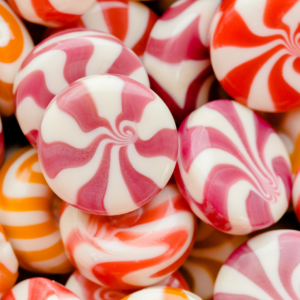








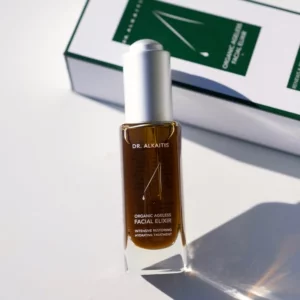







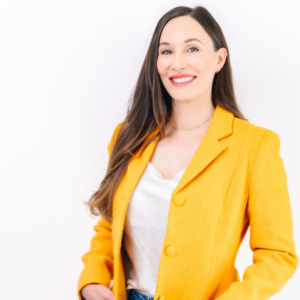


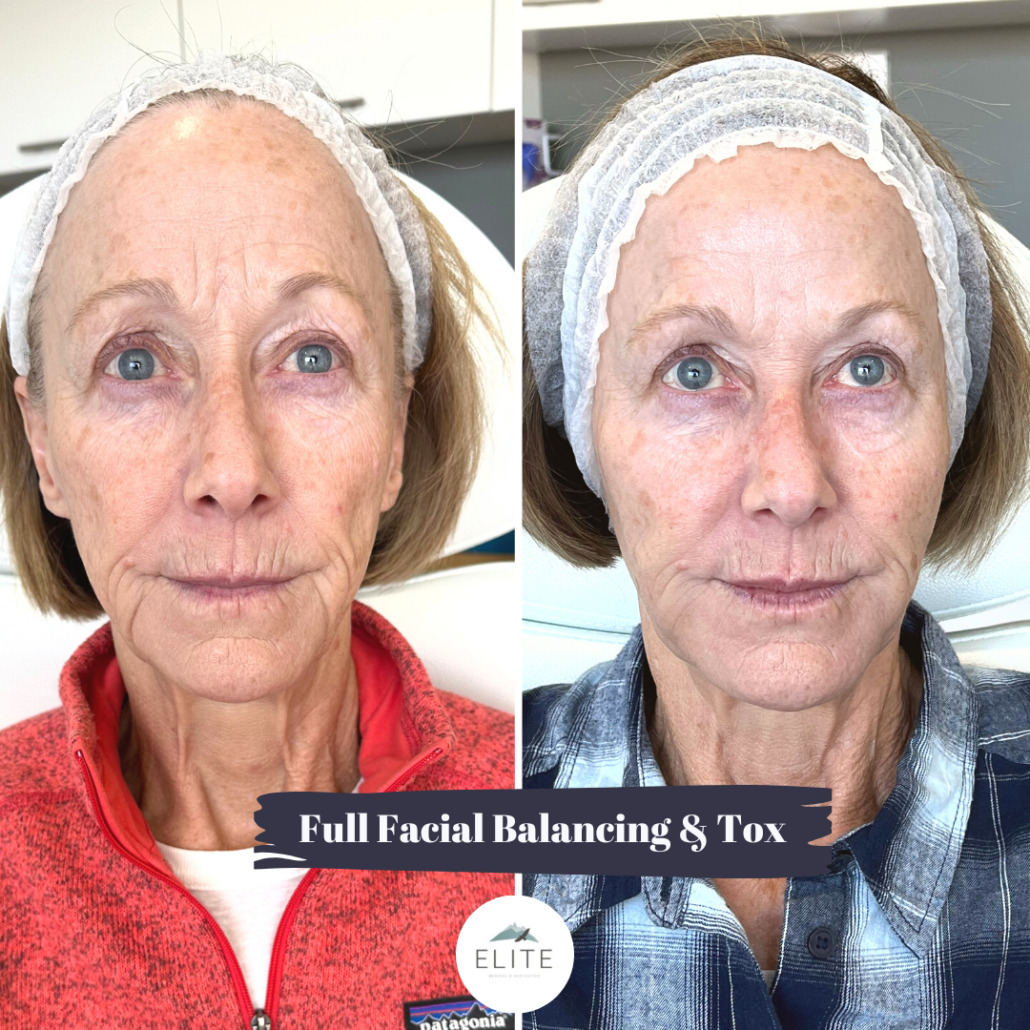

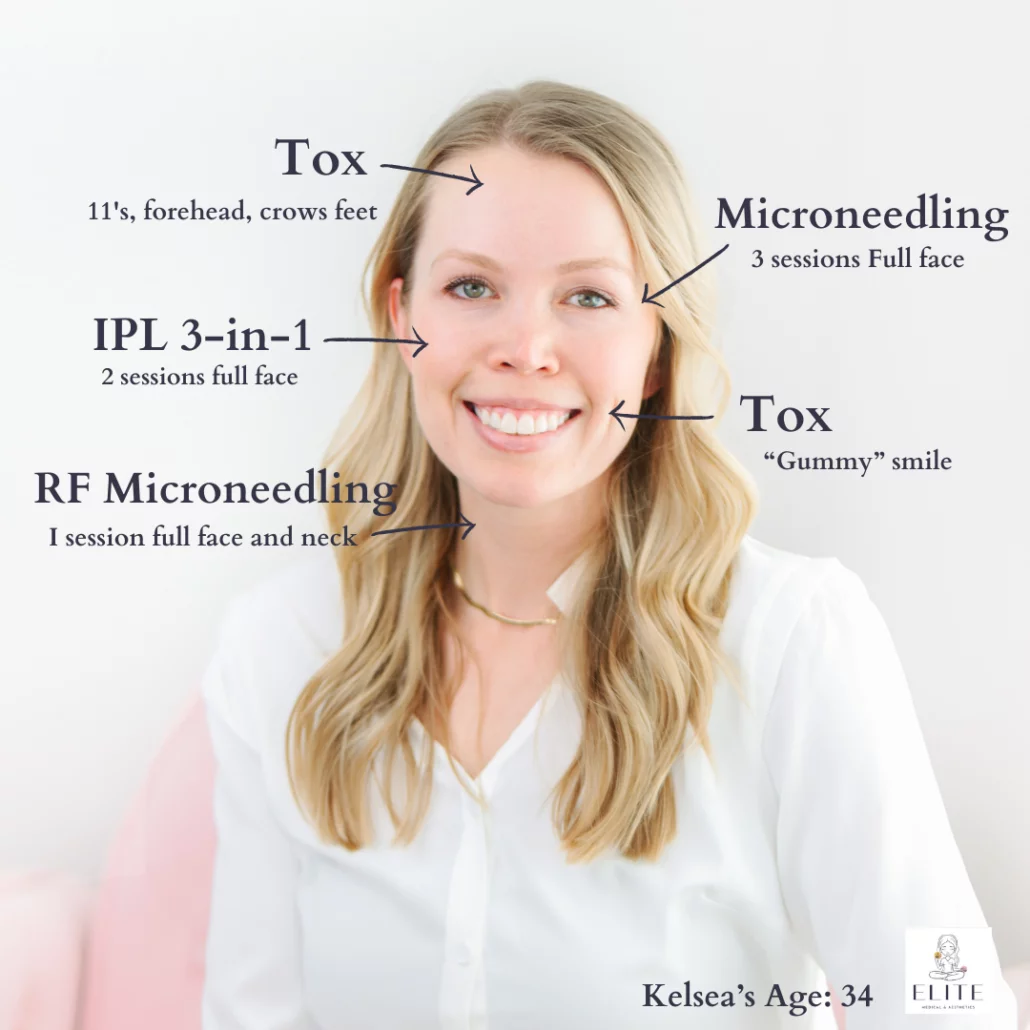
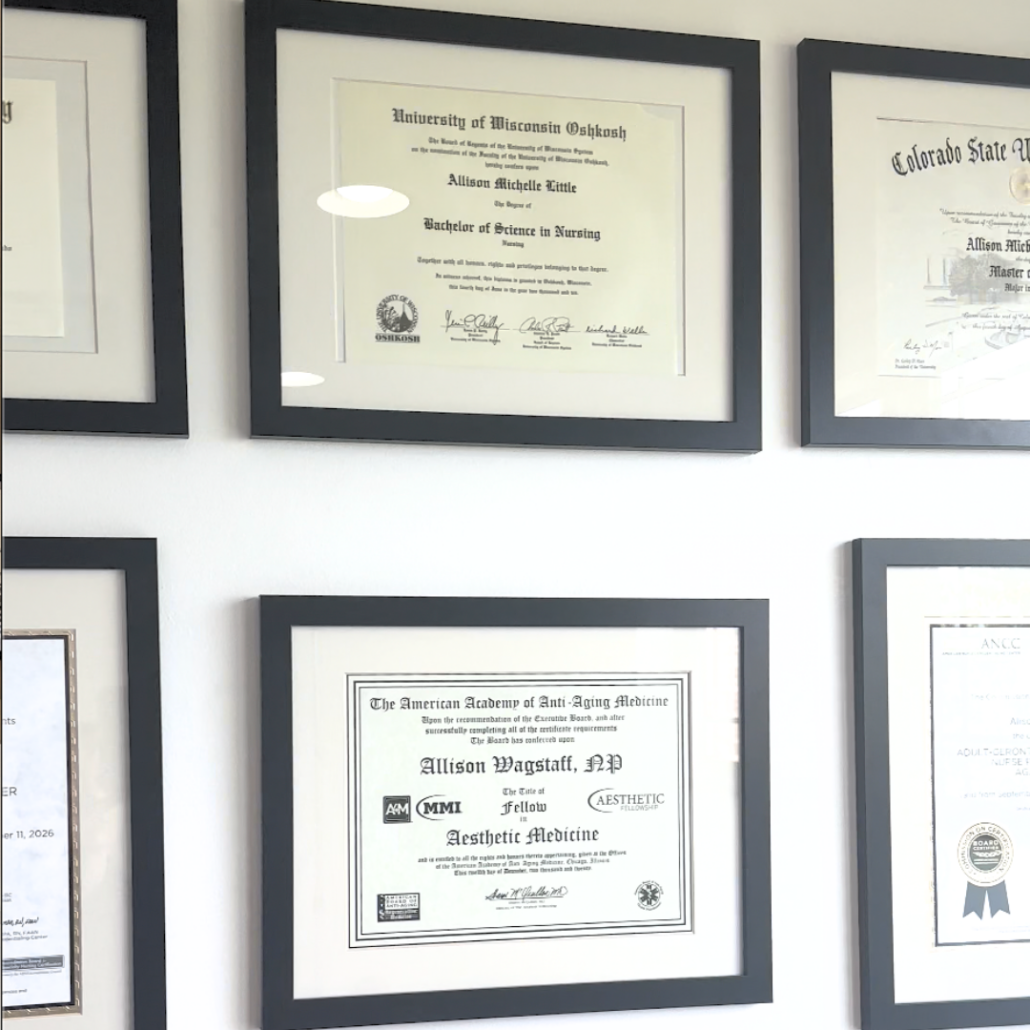
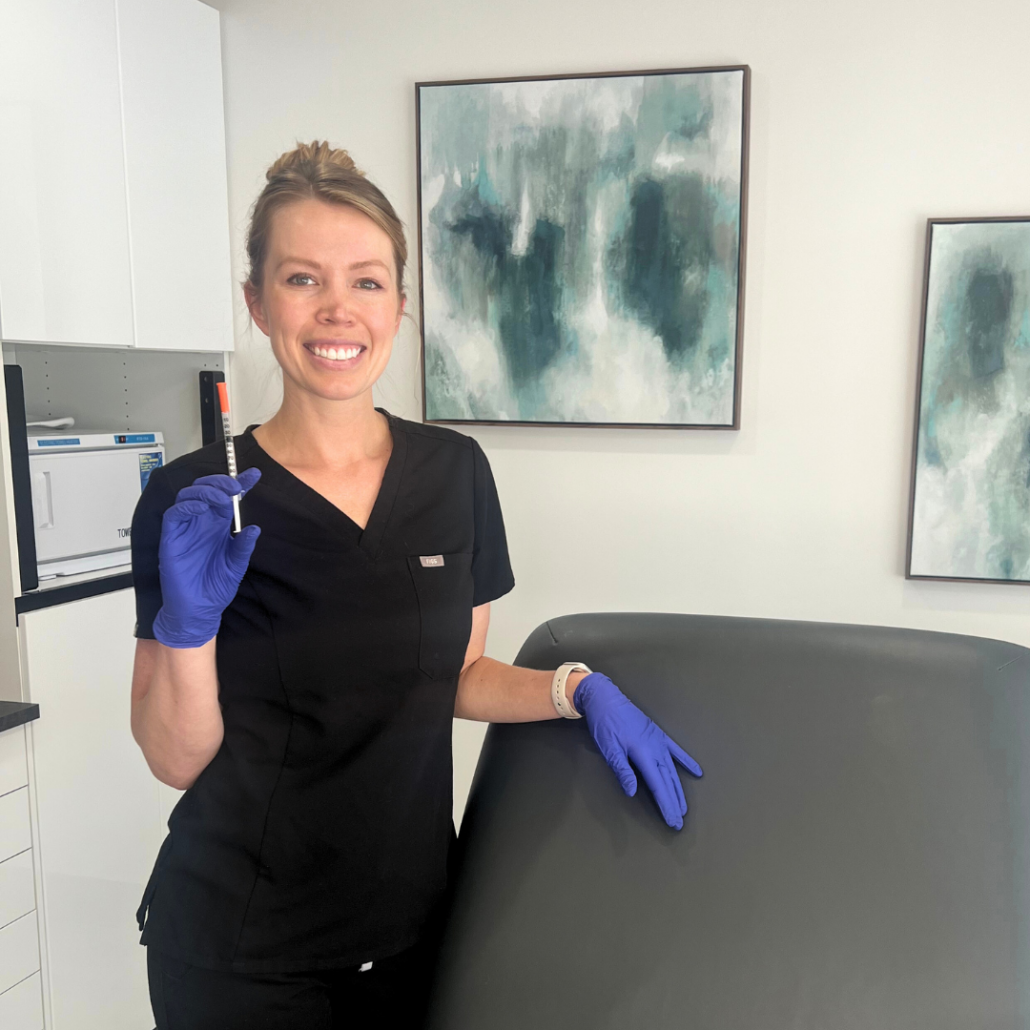
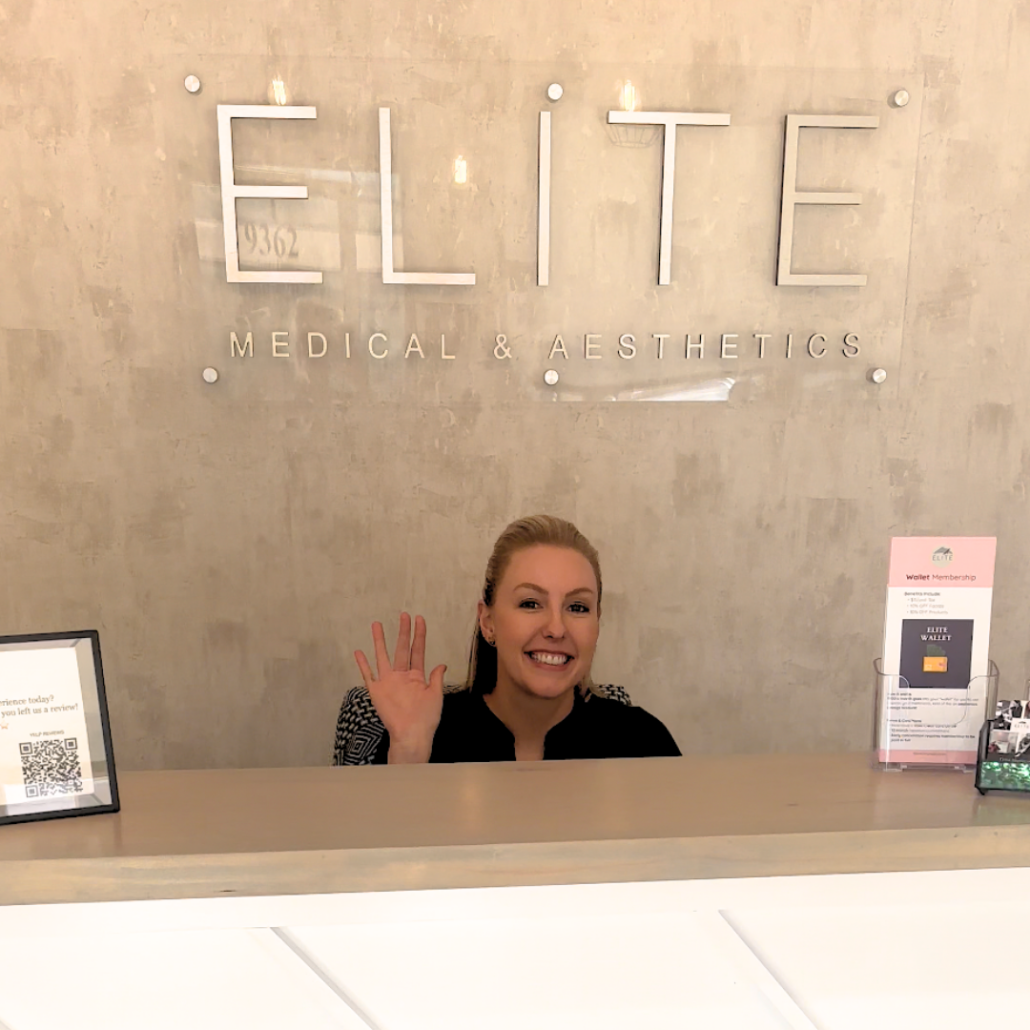



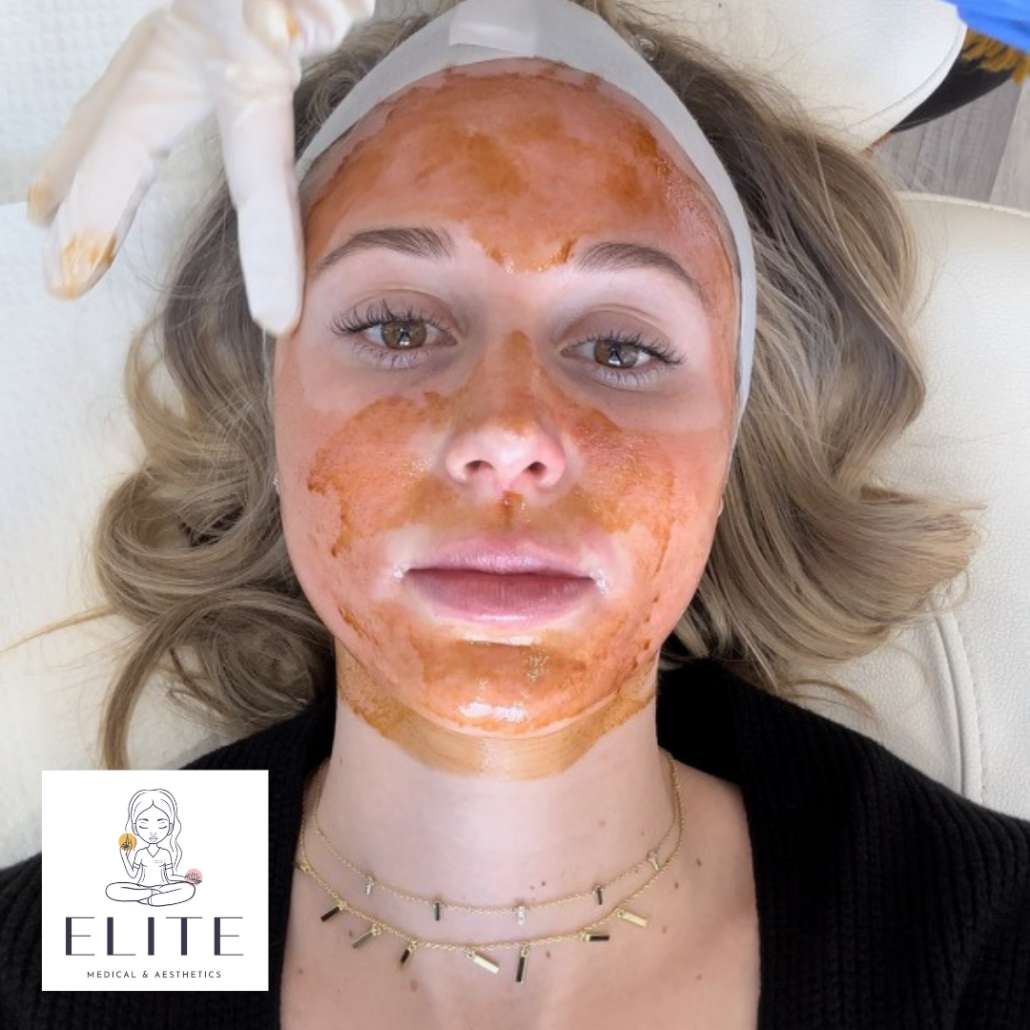
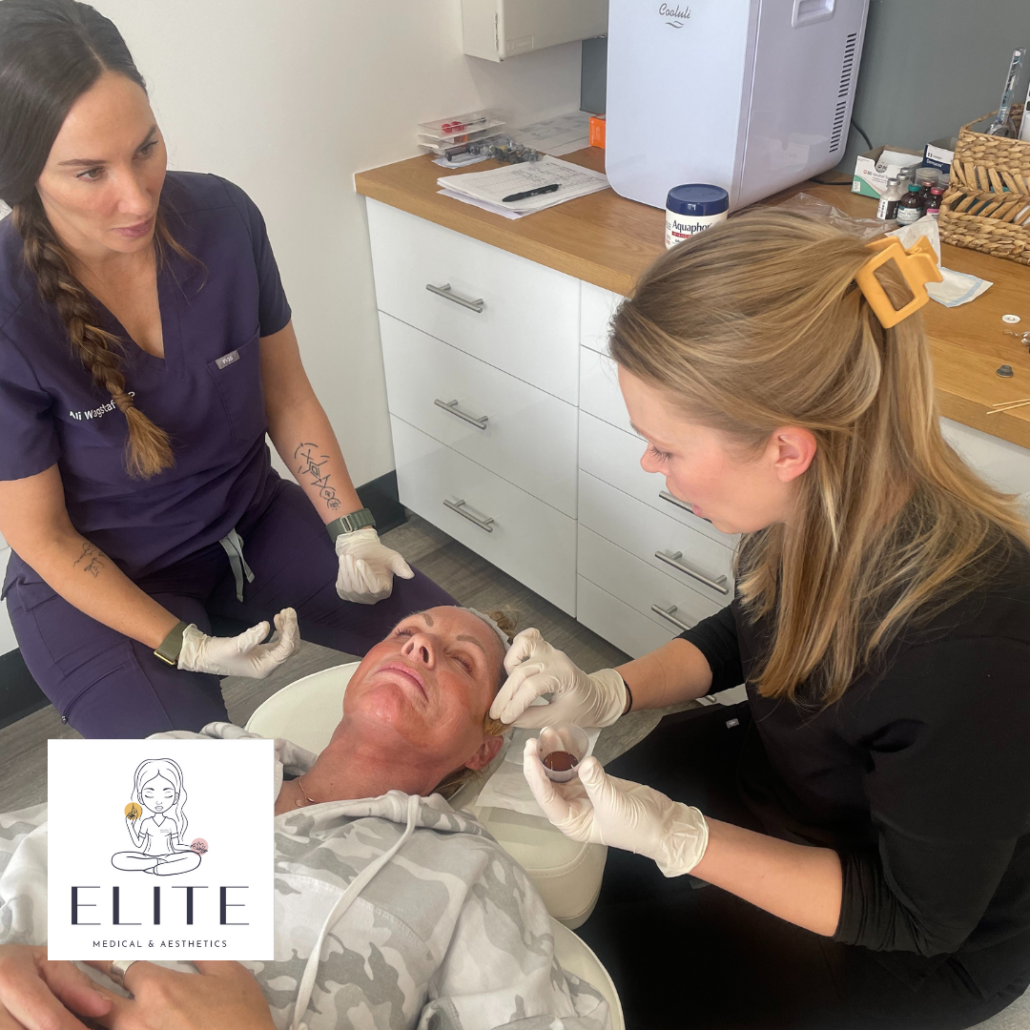
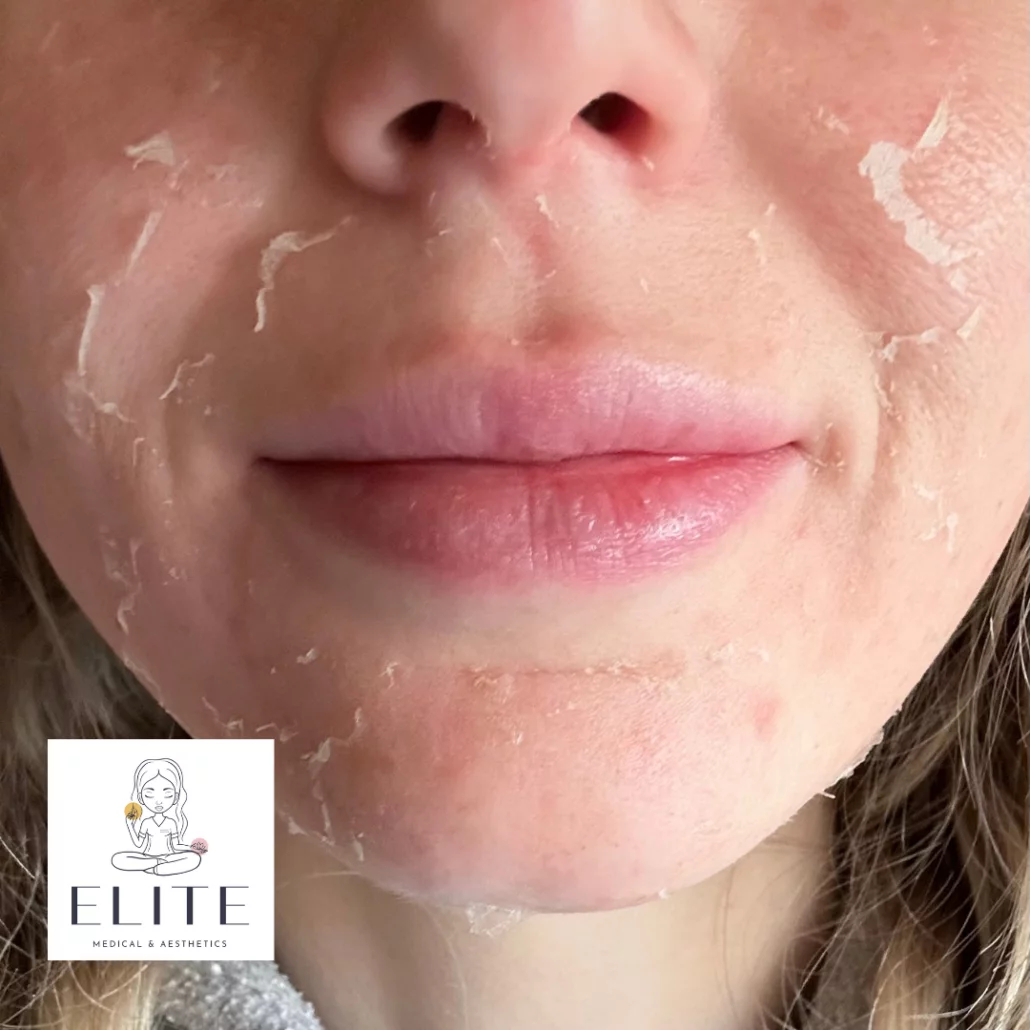
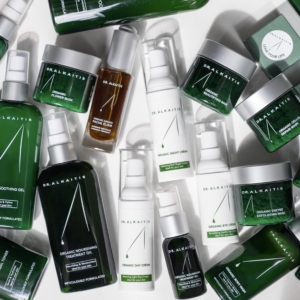
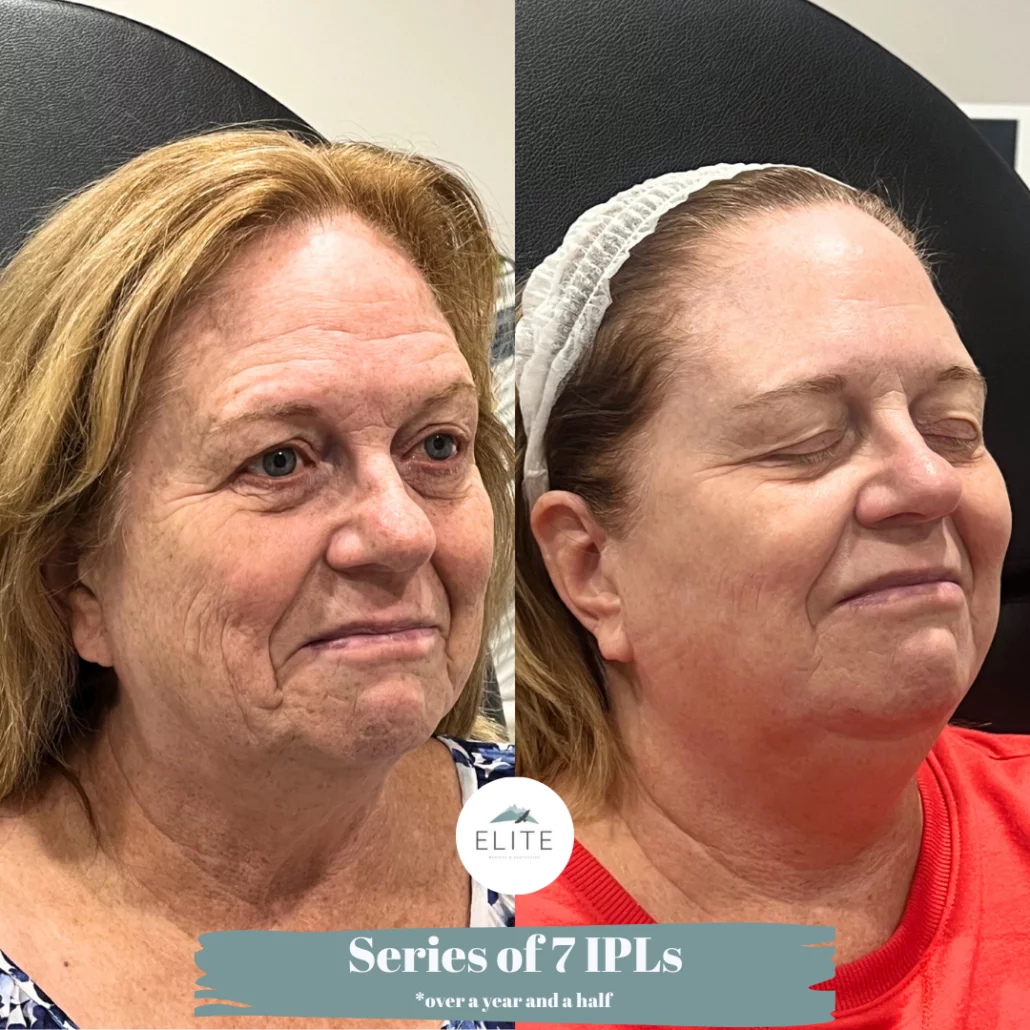
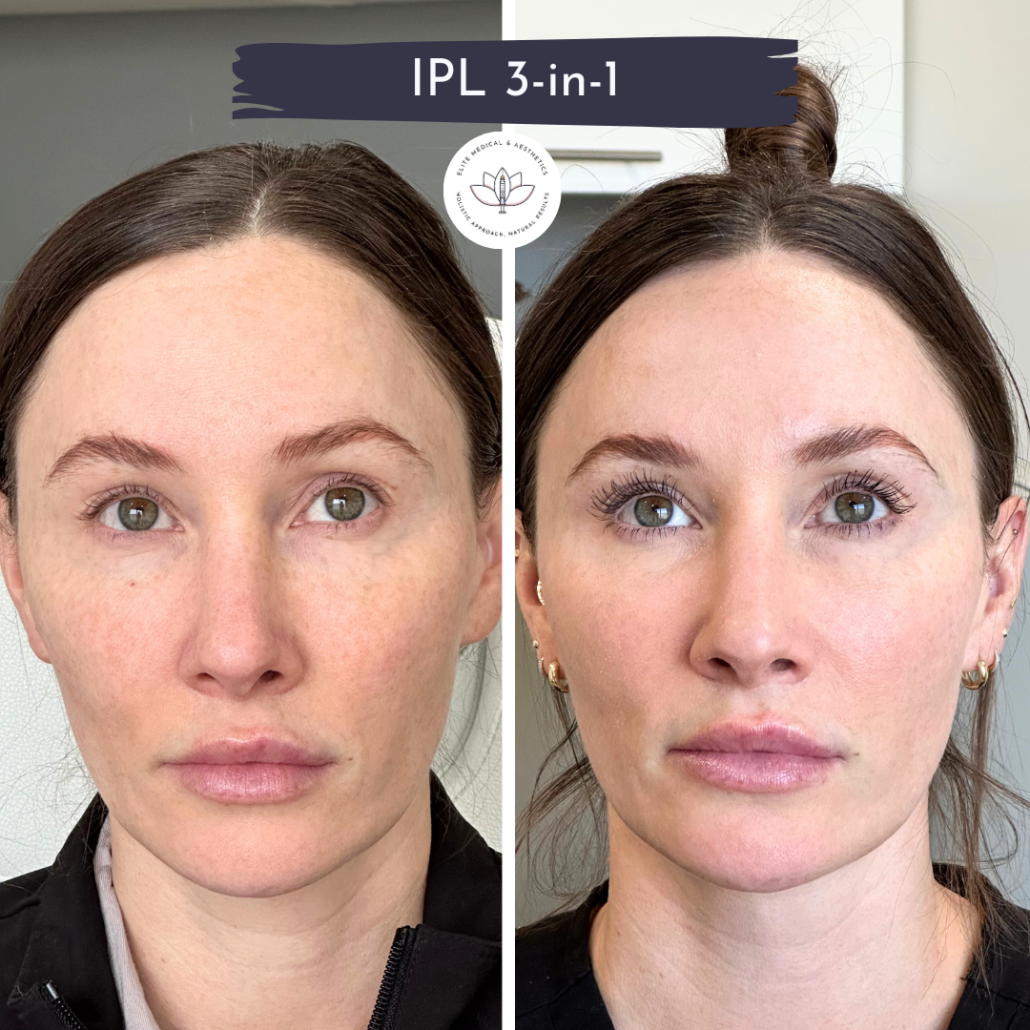
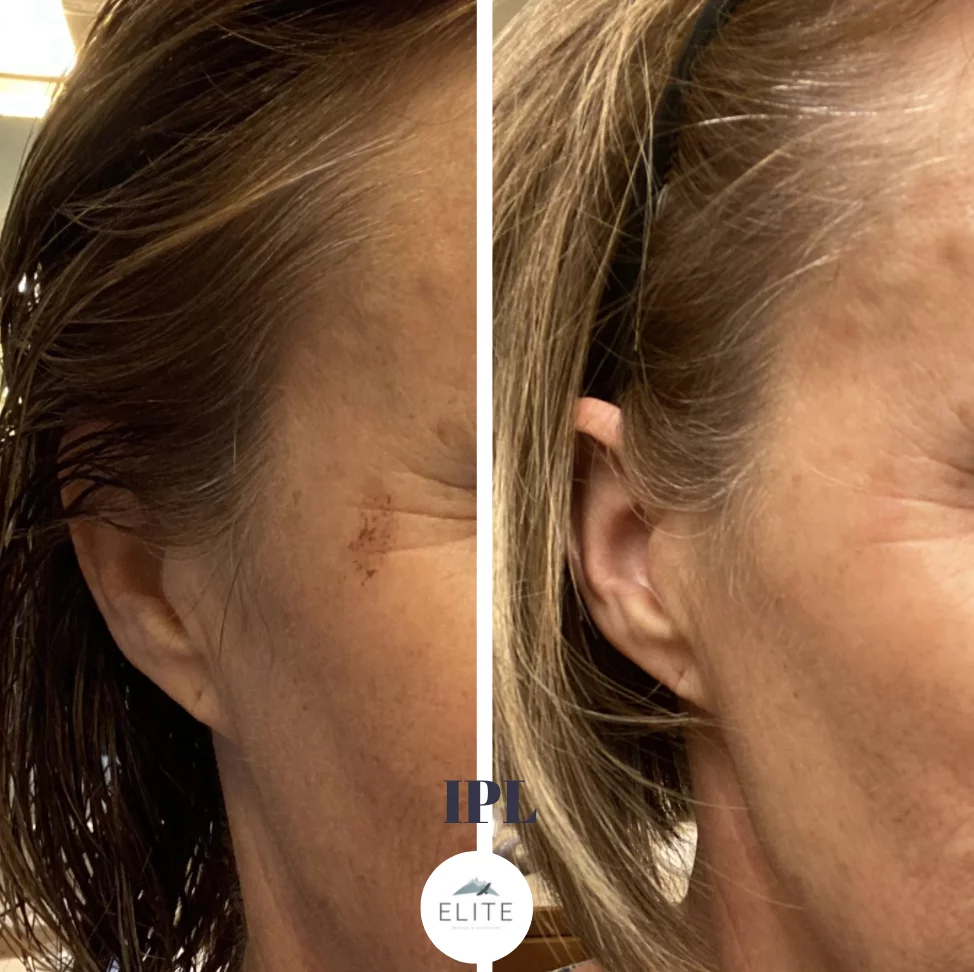
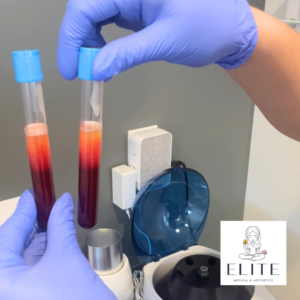
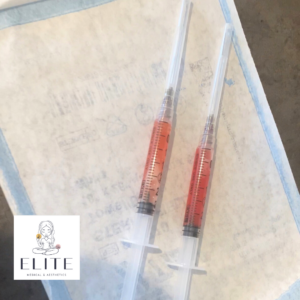
 The key to natural aesthetic results and treatments is having clients still feel and look like themselves, just refreshed. Our
The key to natural aesthetic results and treatments is having clients still feel and look like themselves, just refreshed. Our
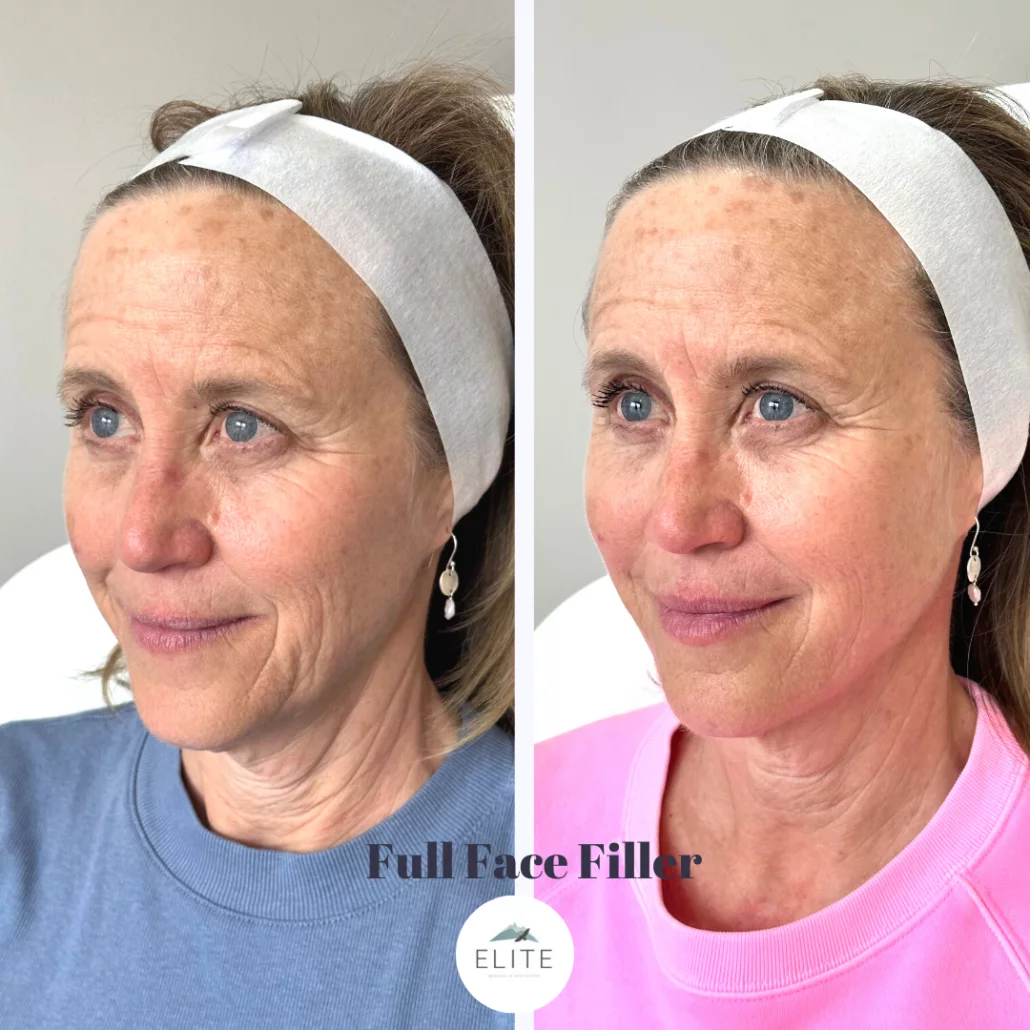


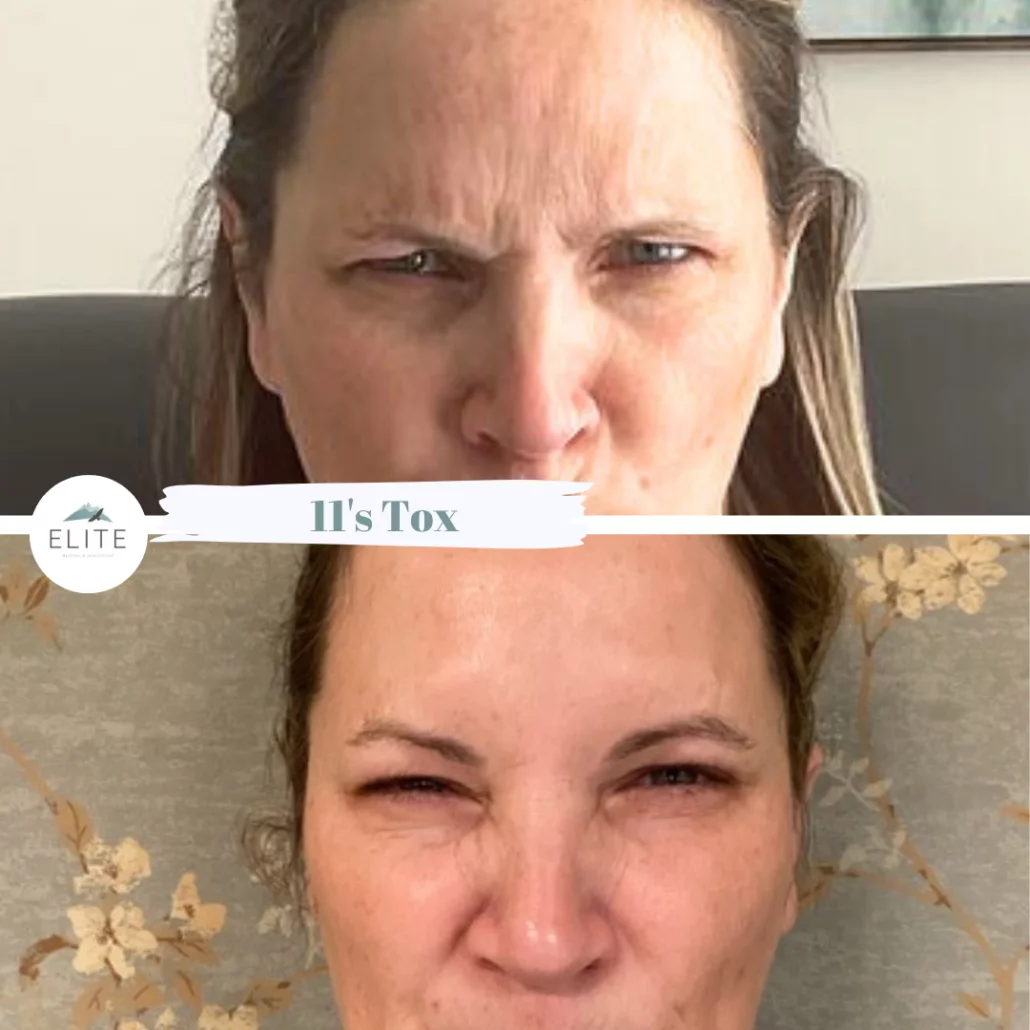
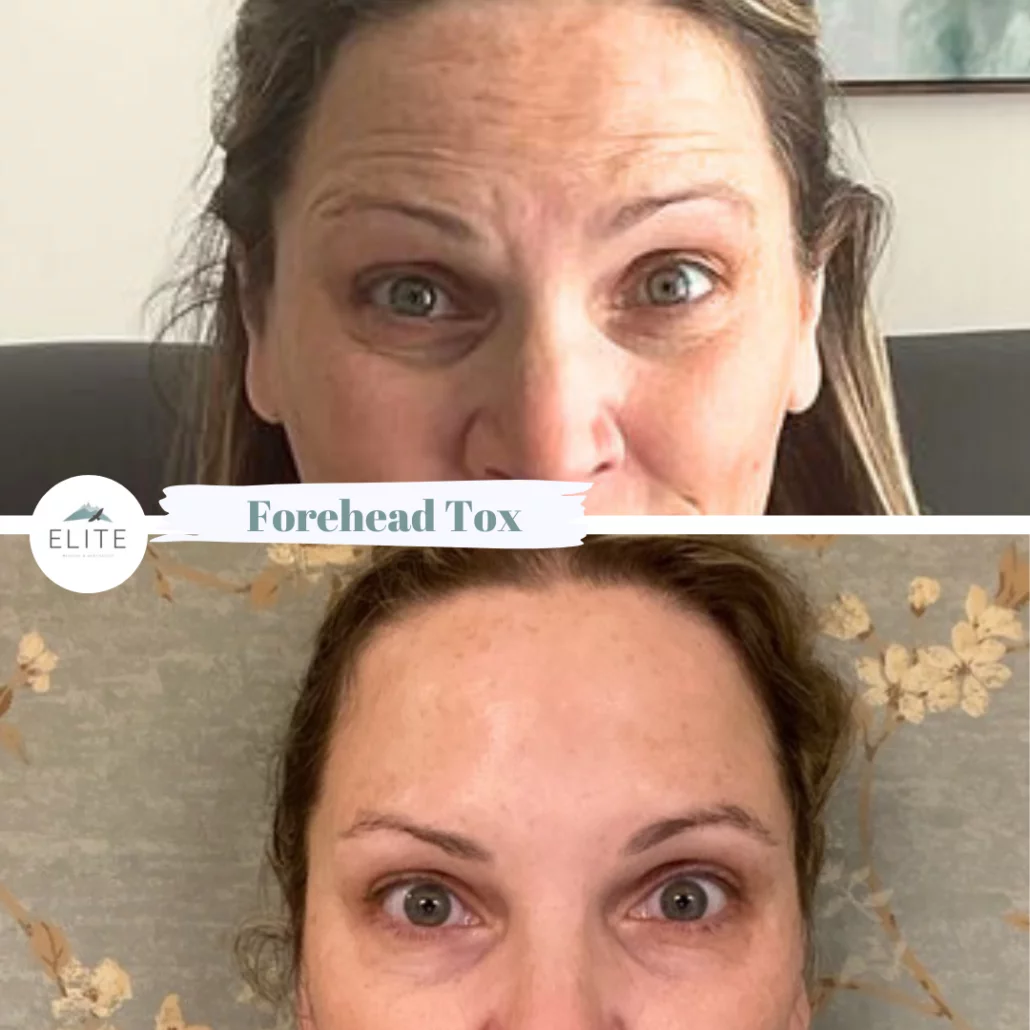
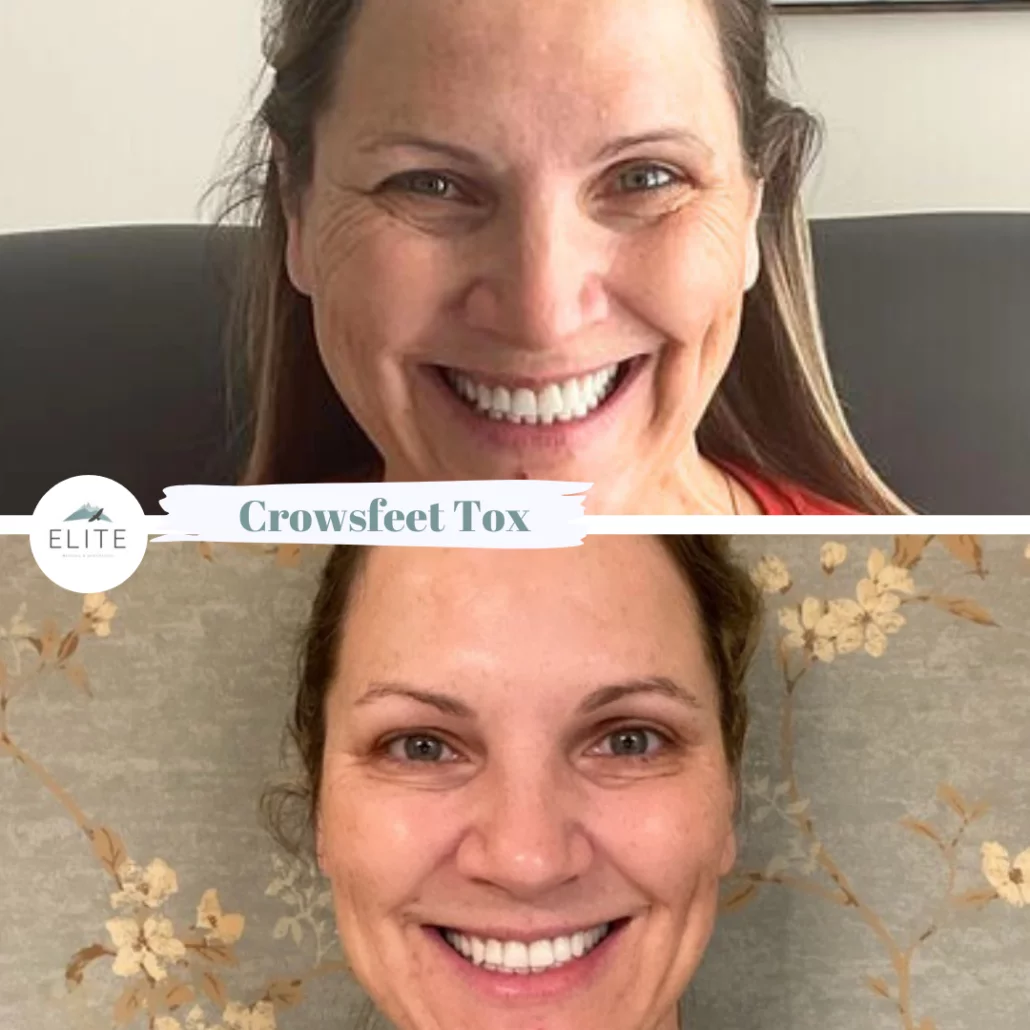
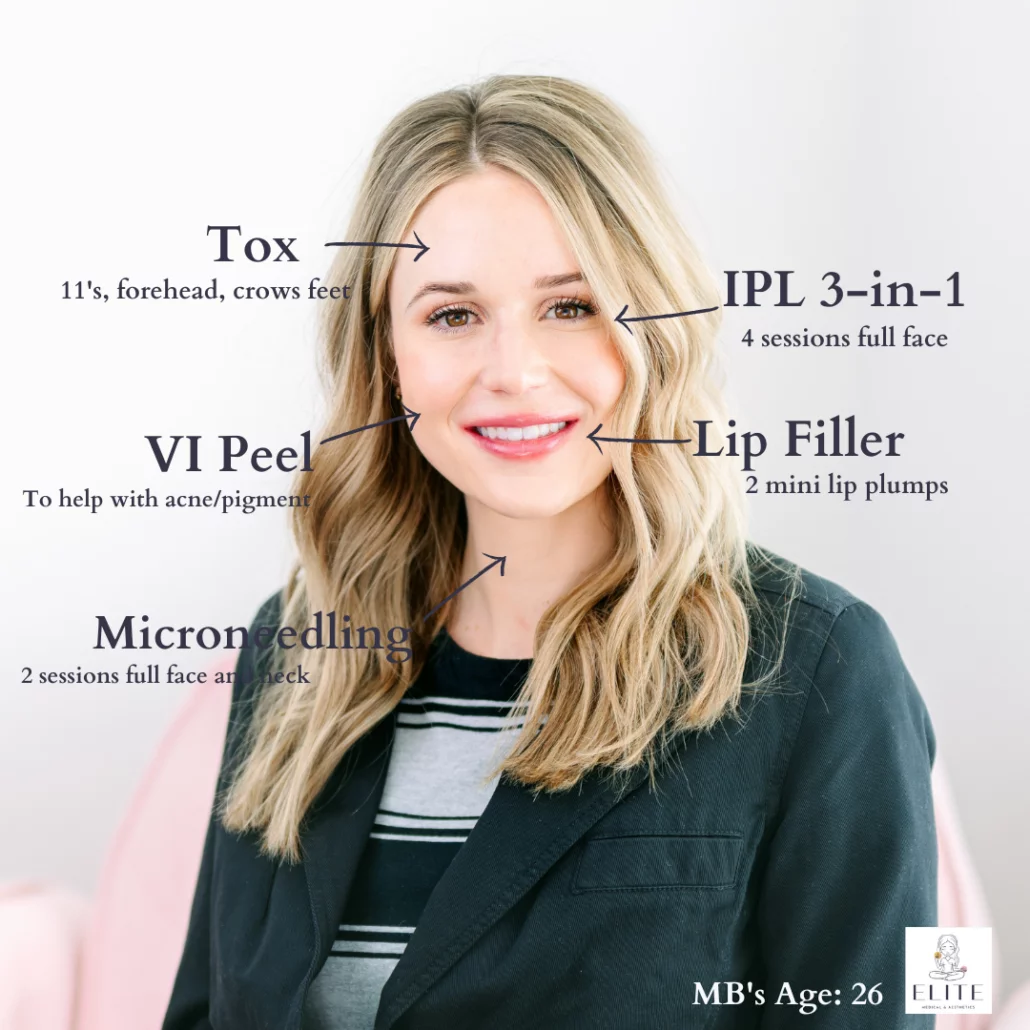
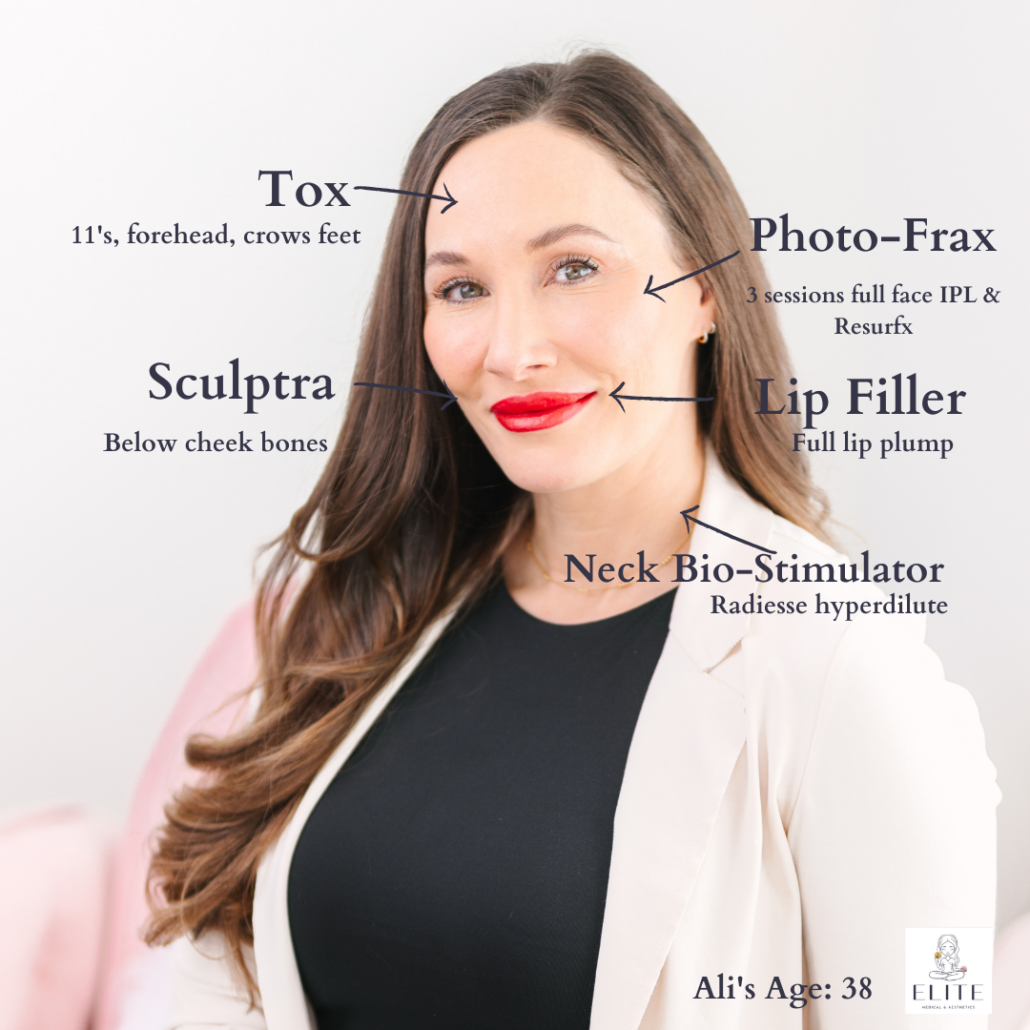
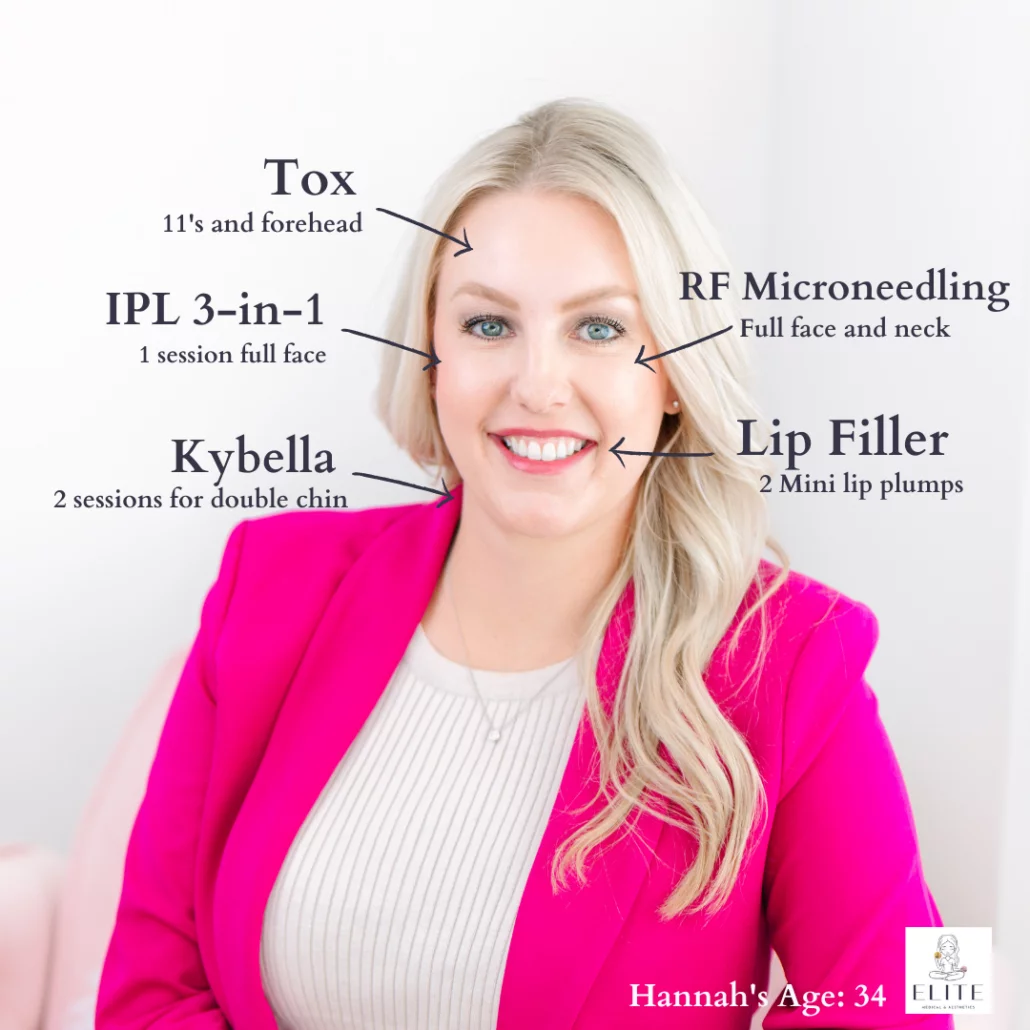
 . In special circumstances, and with OBGYN/Midwife clearance, we will discuss the treatment with you but may still recommend against it.
. In special circumstances, and with OBGYN/Midwife clearance, we will discuss the treatment with you but may still recommend against it. 


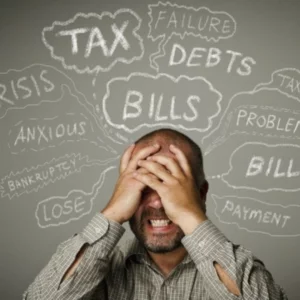

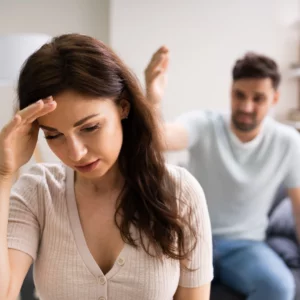
 ).
).